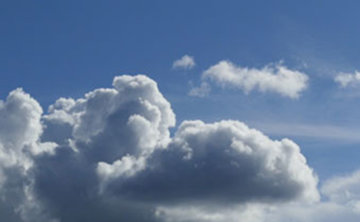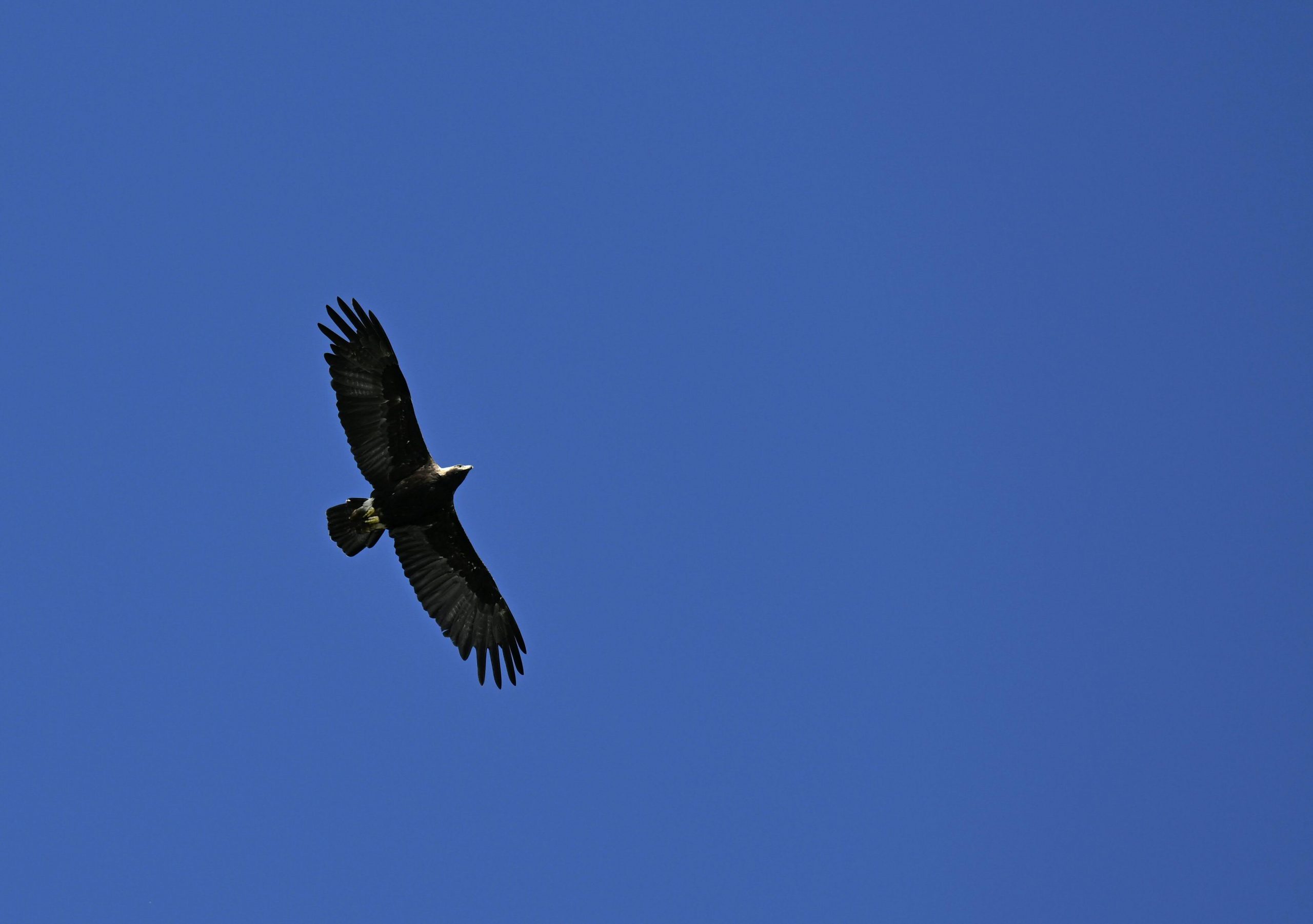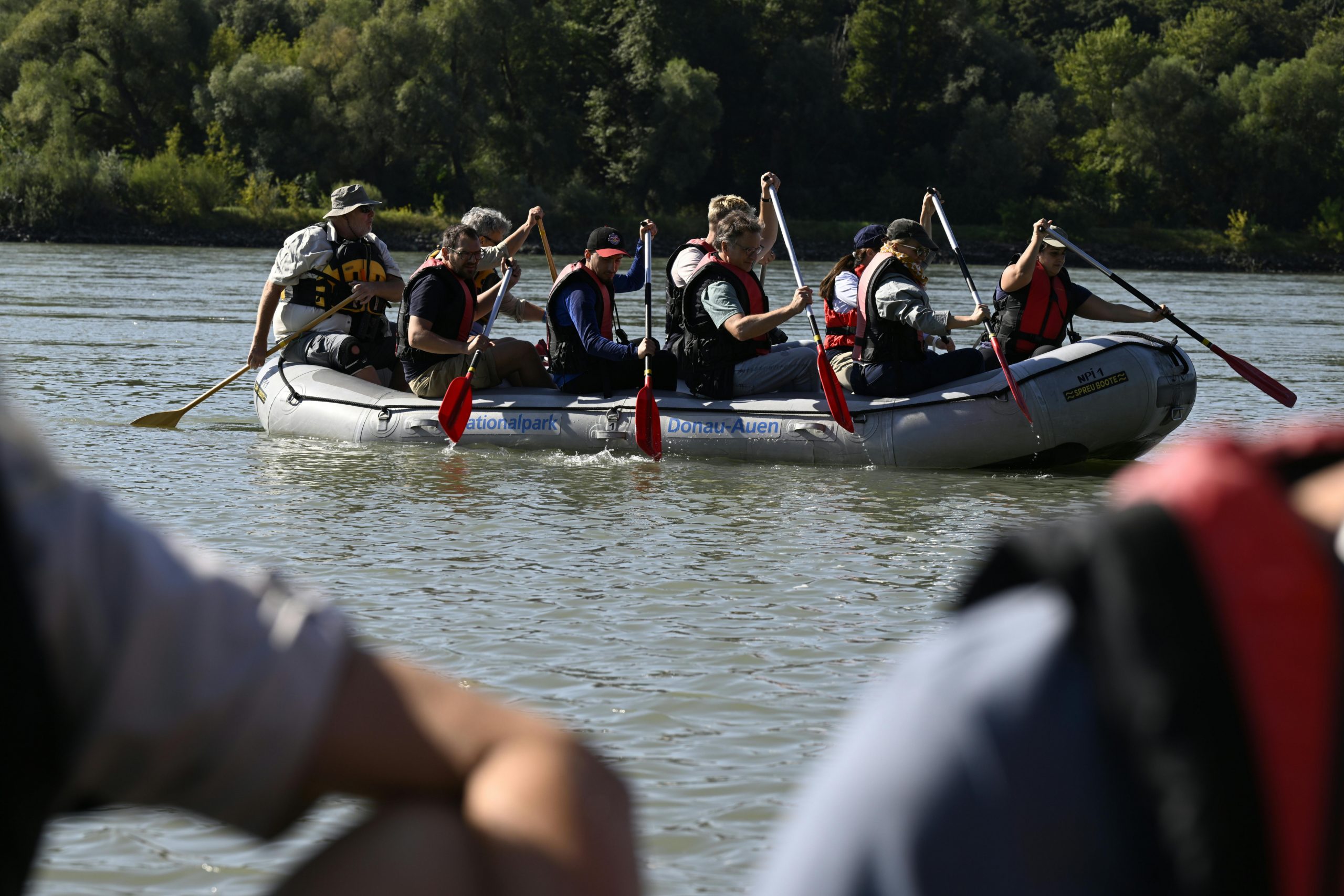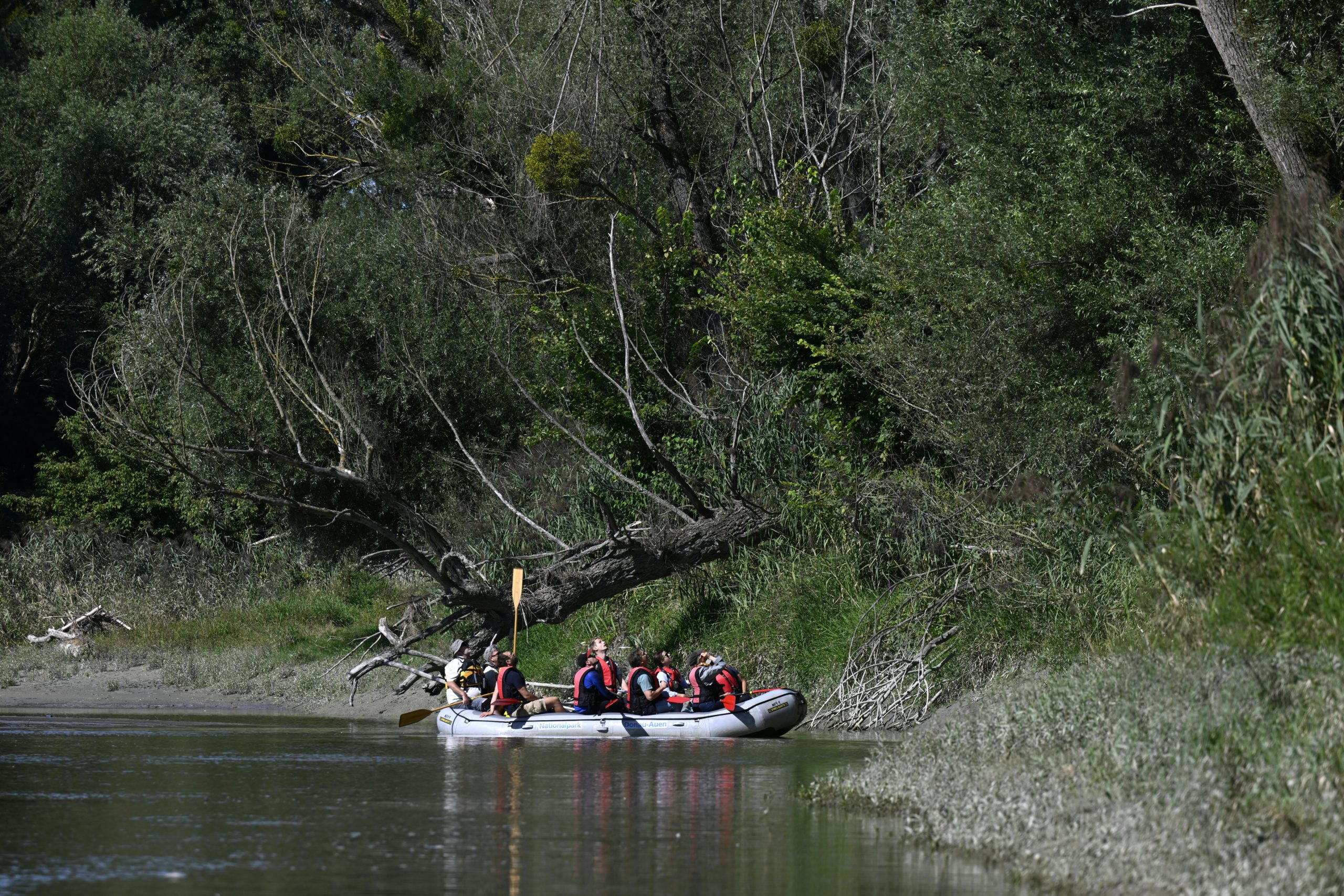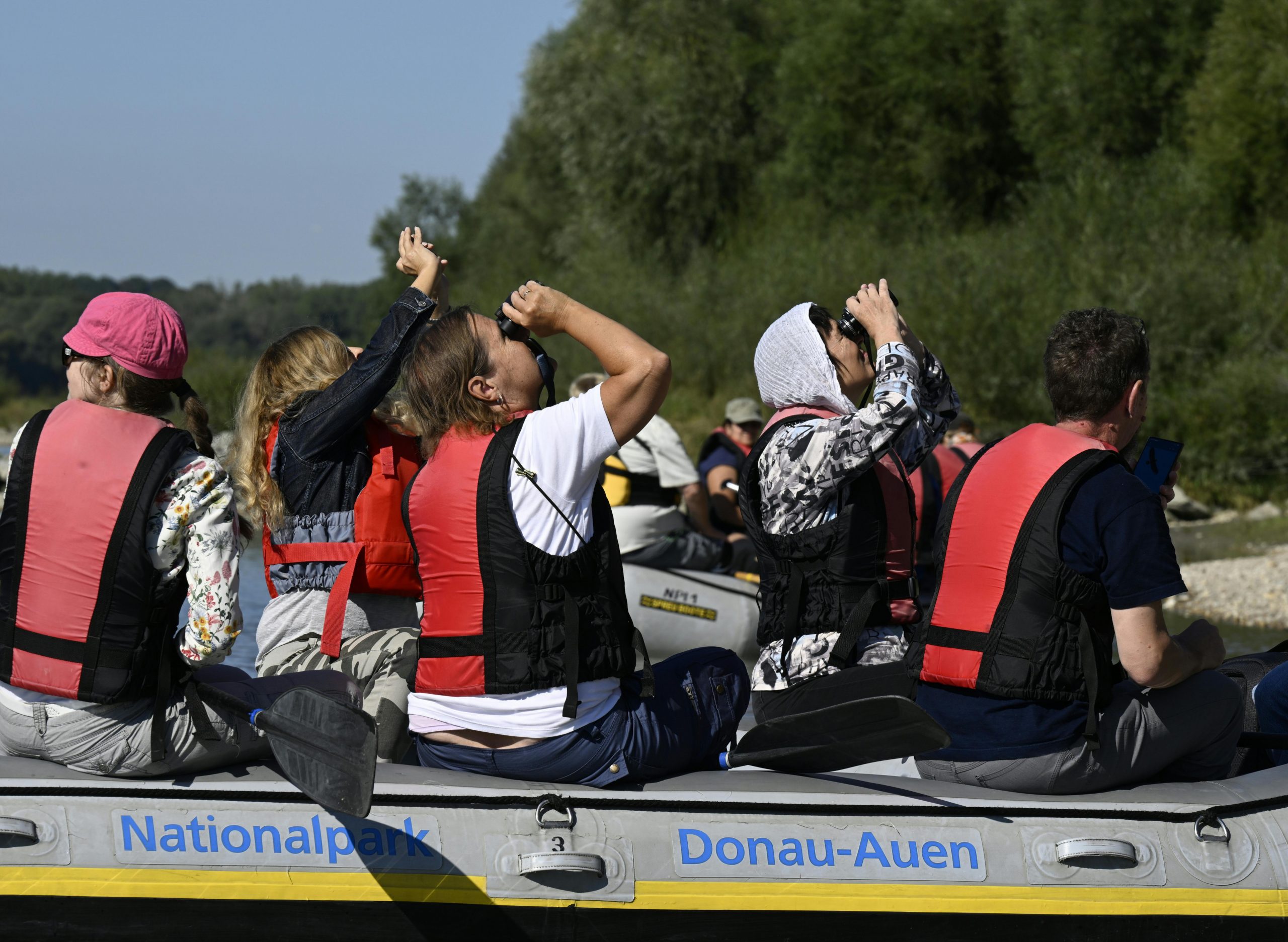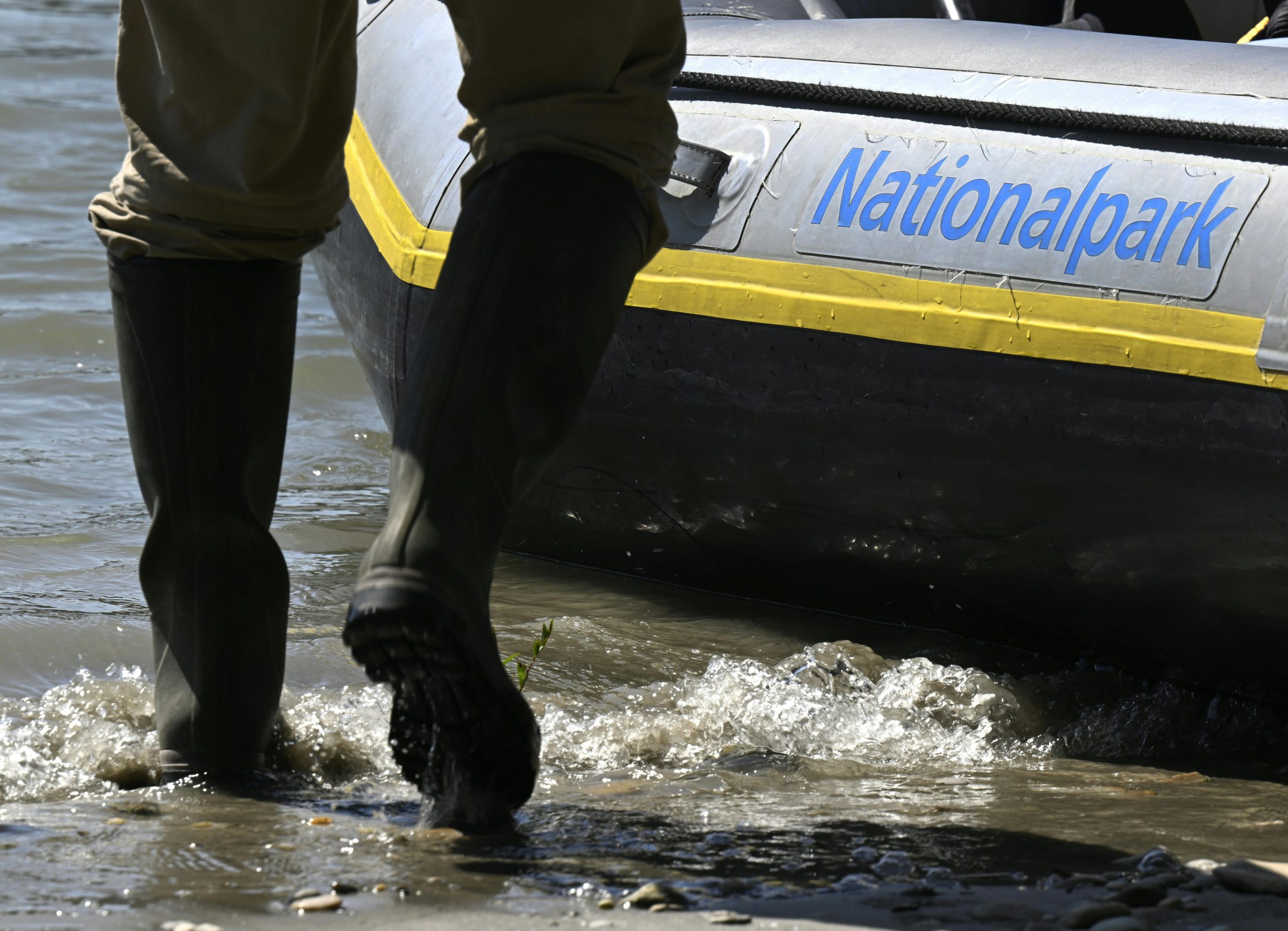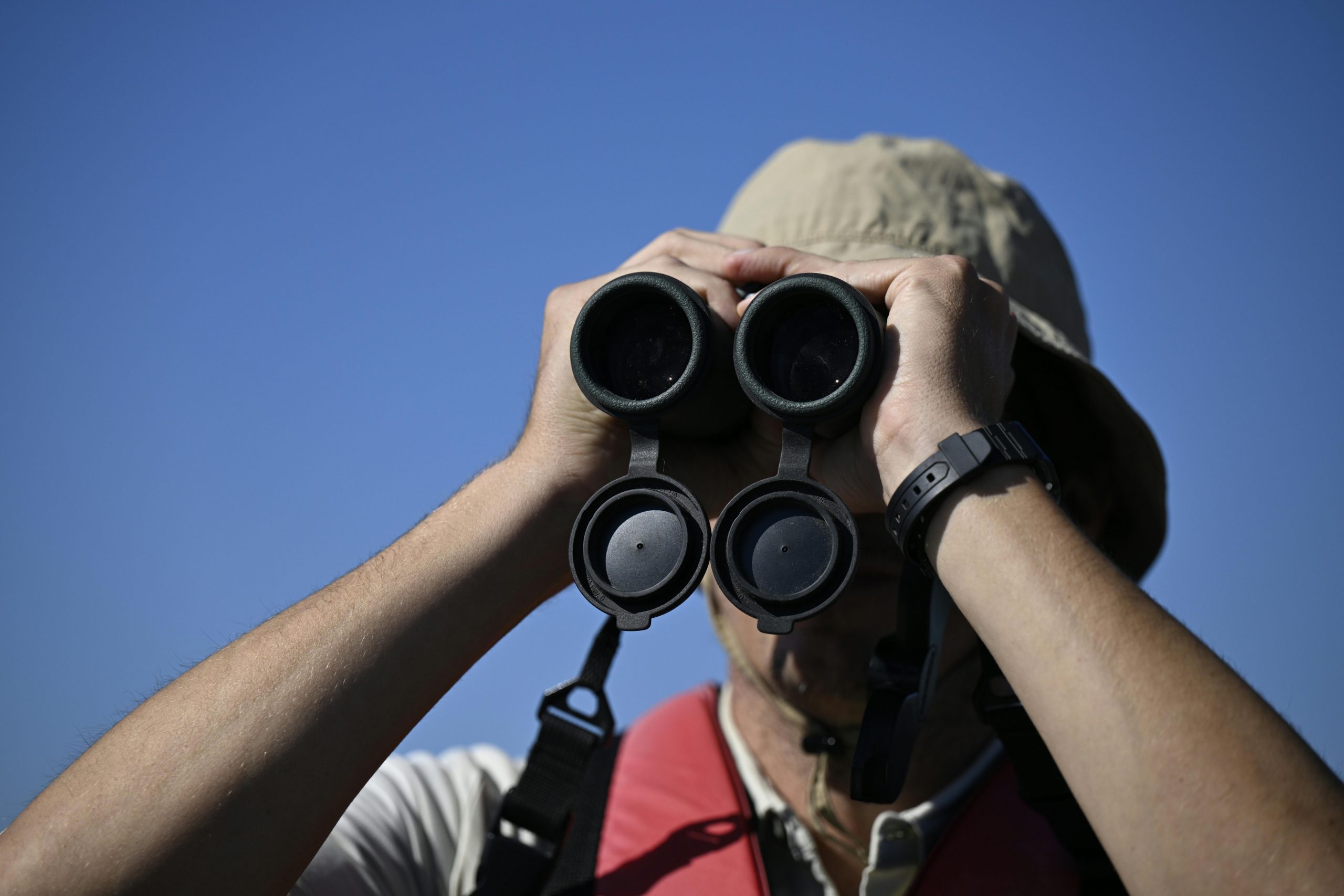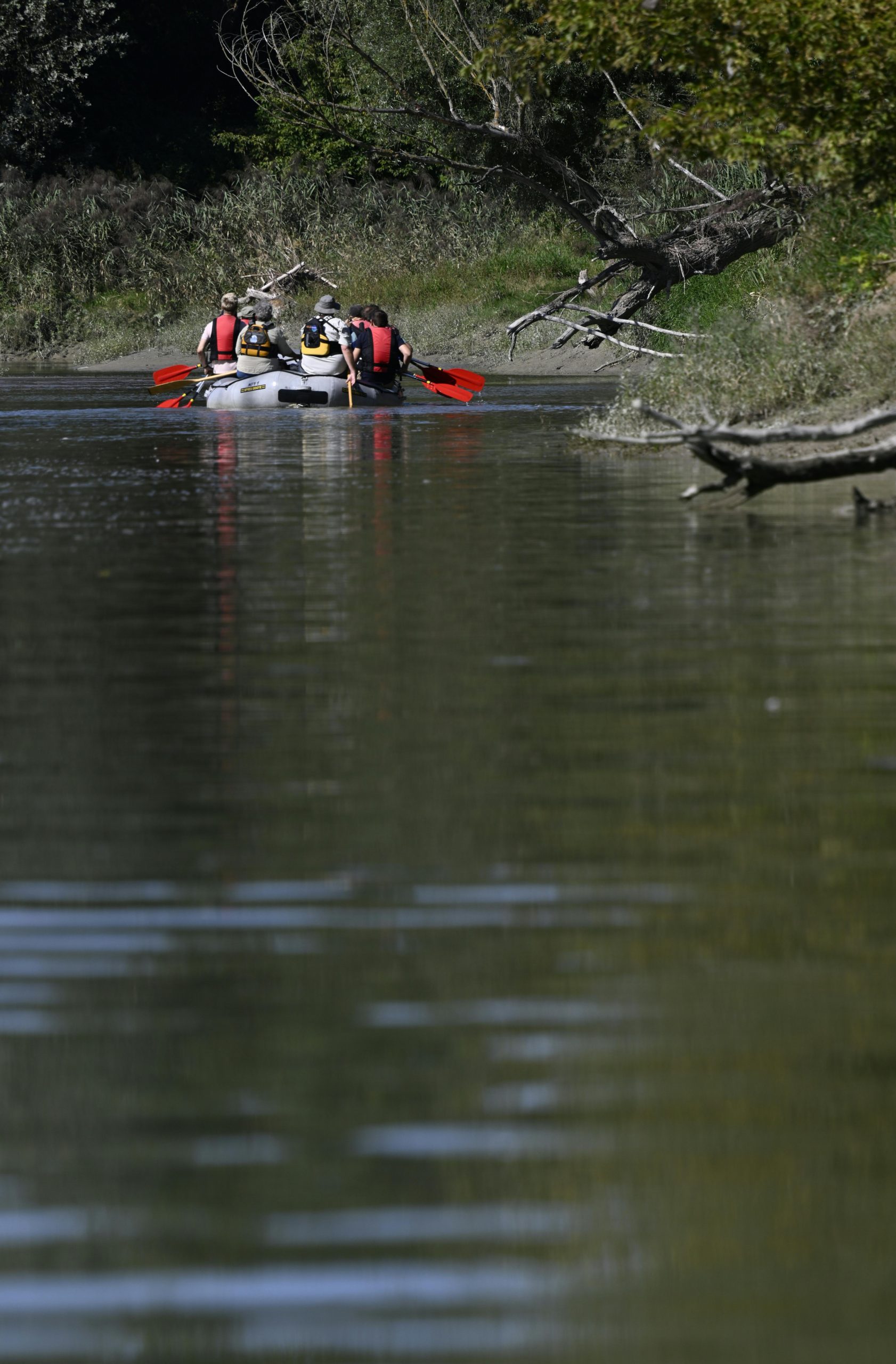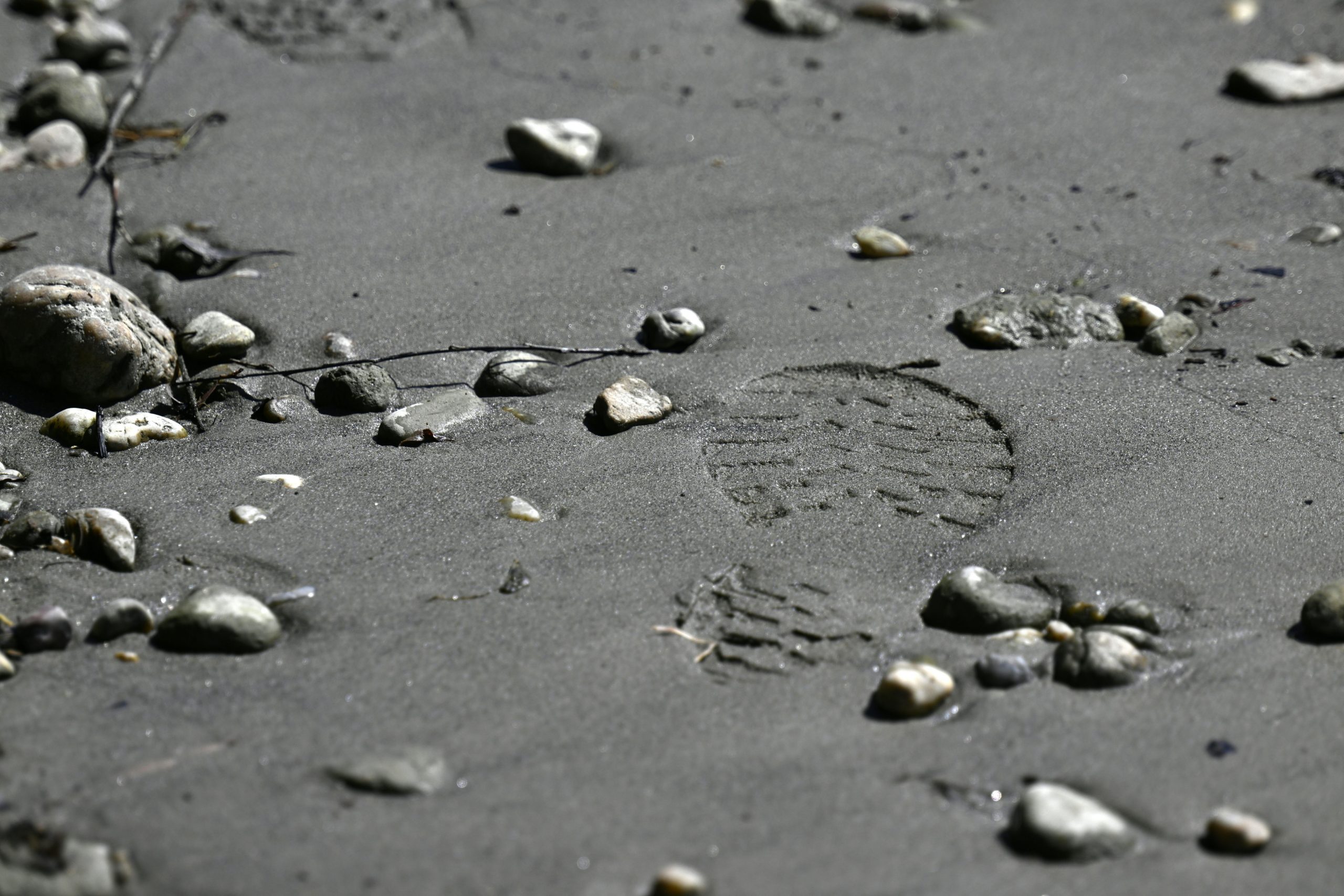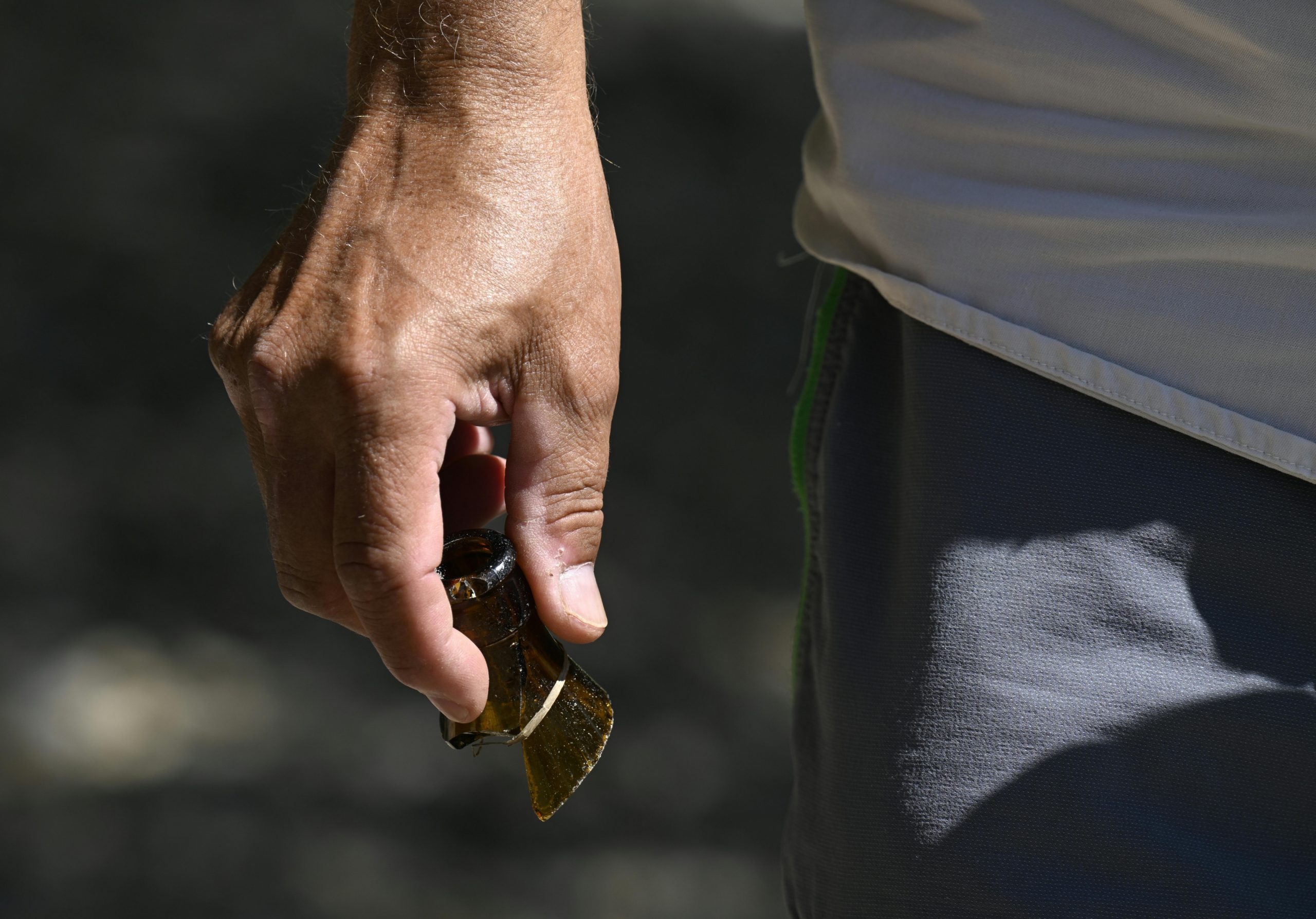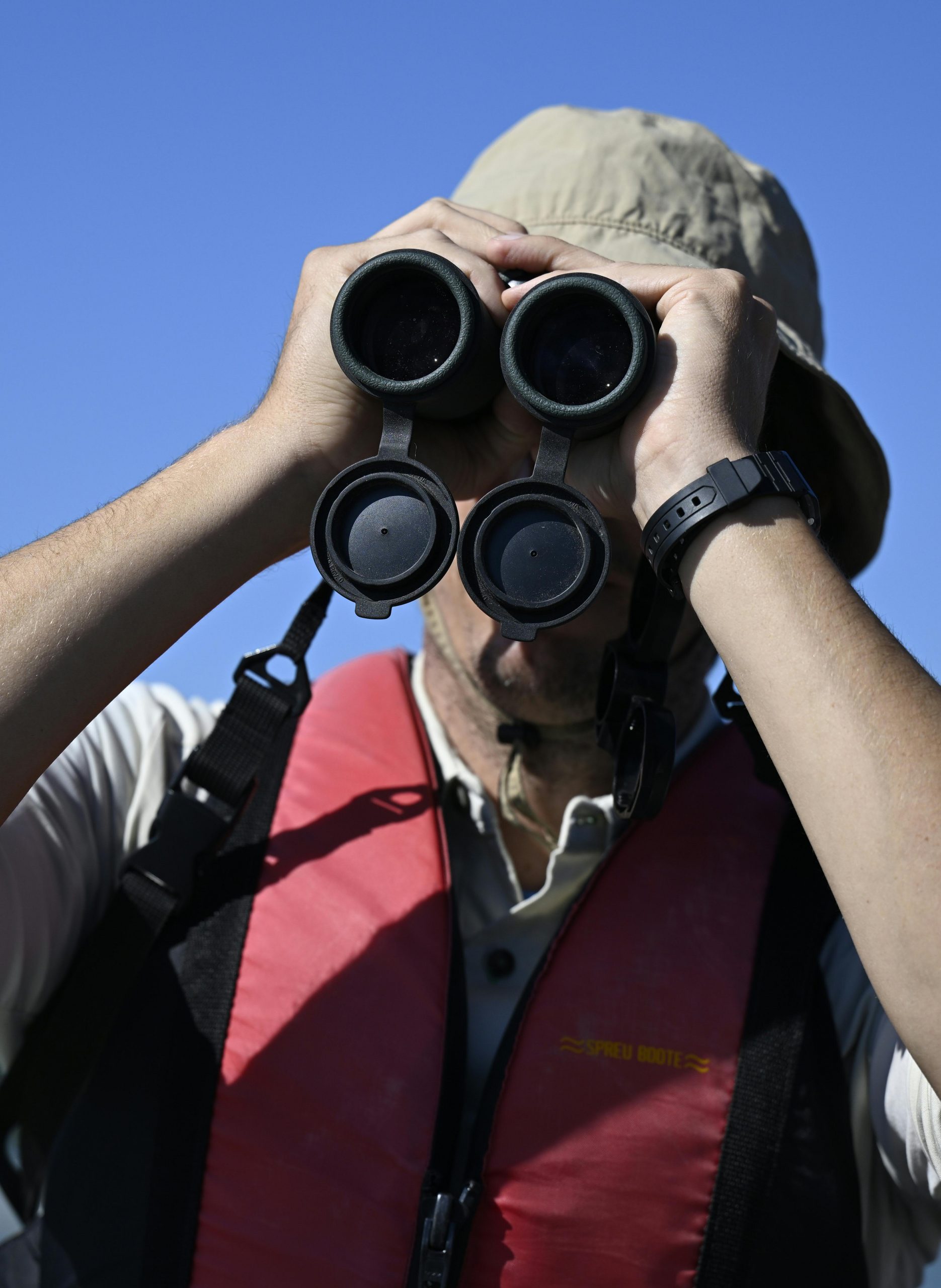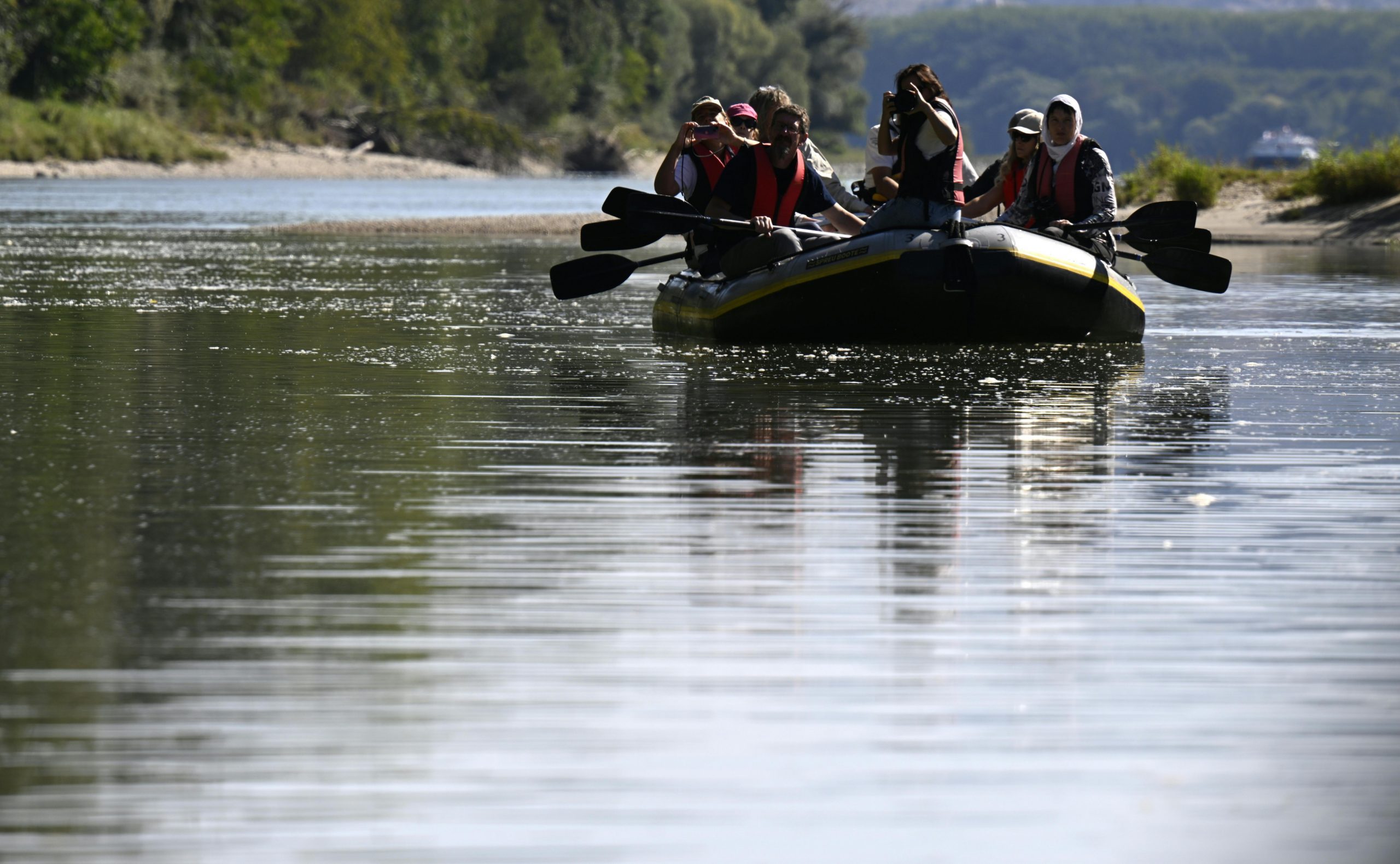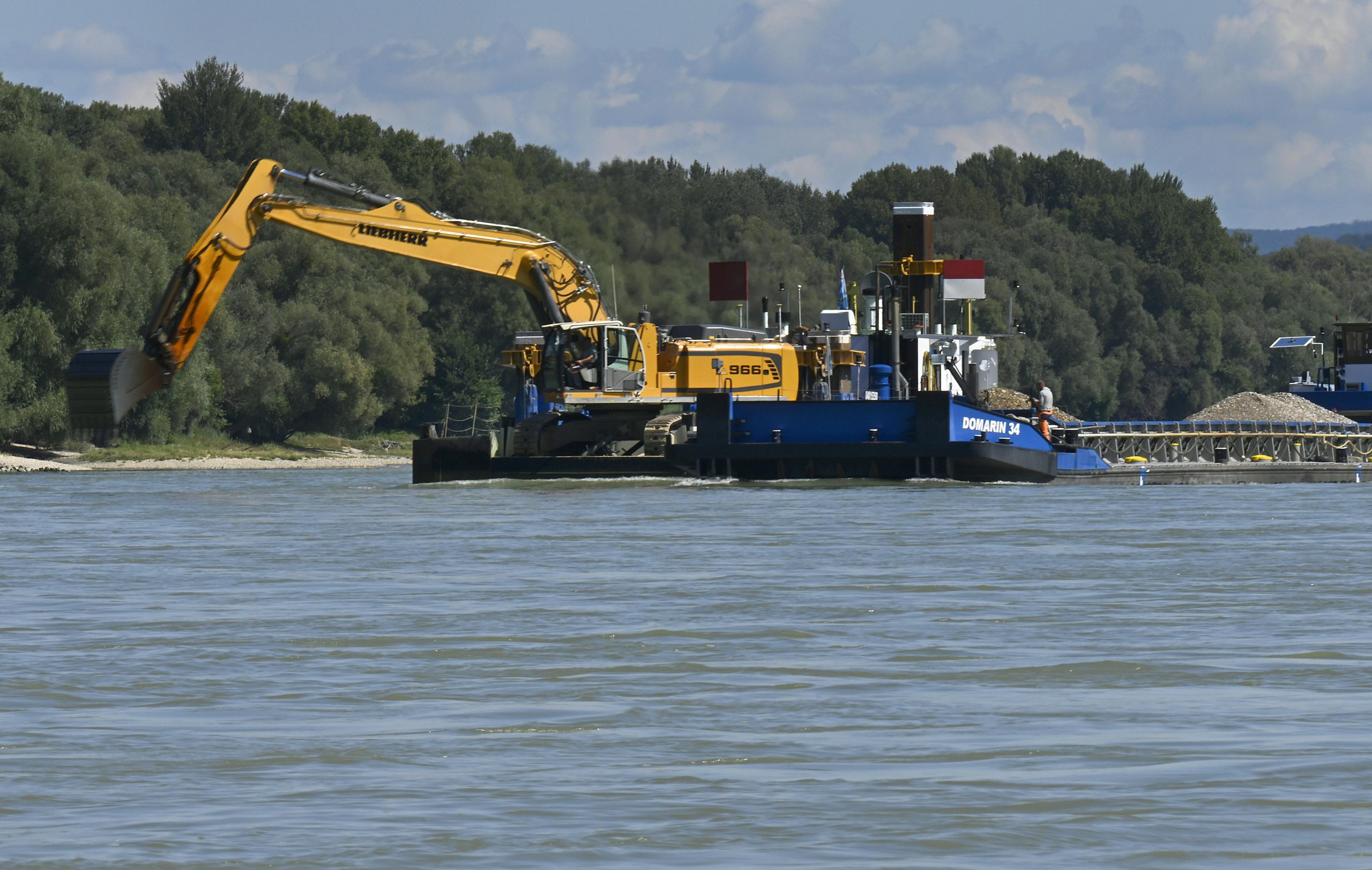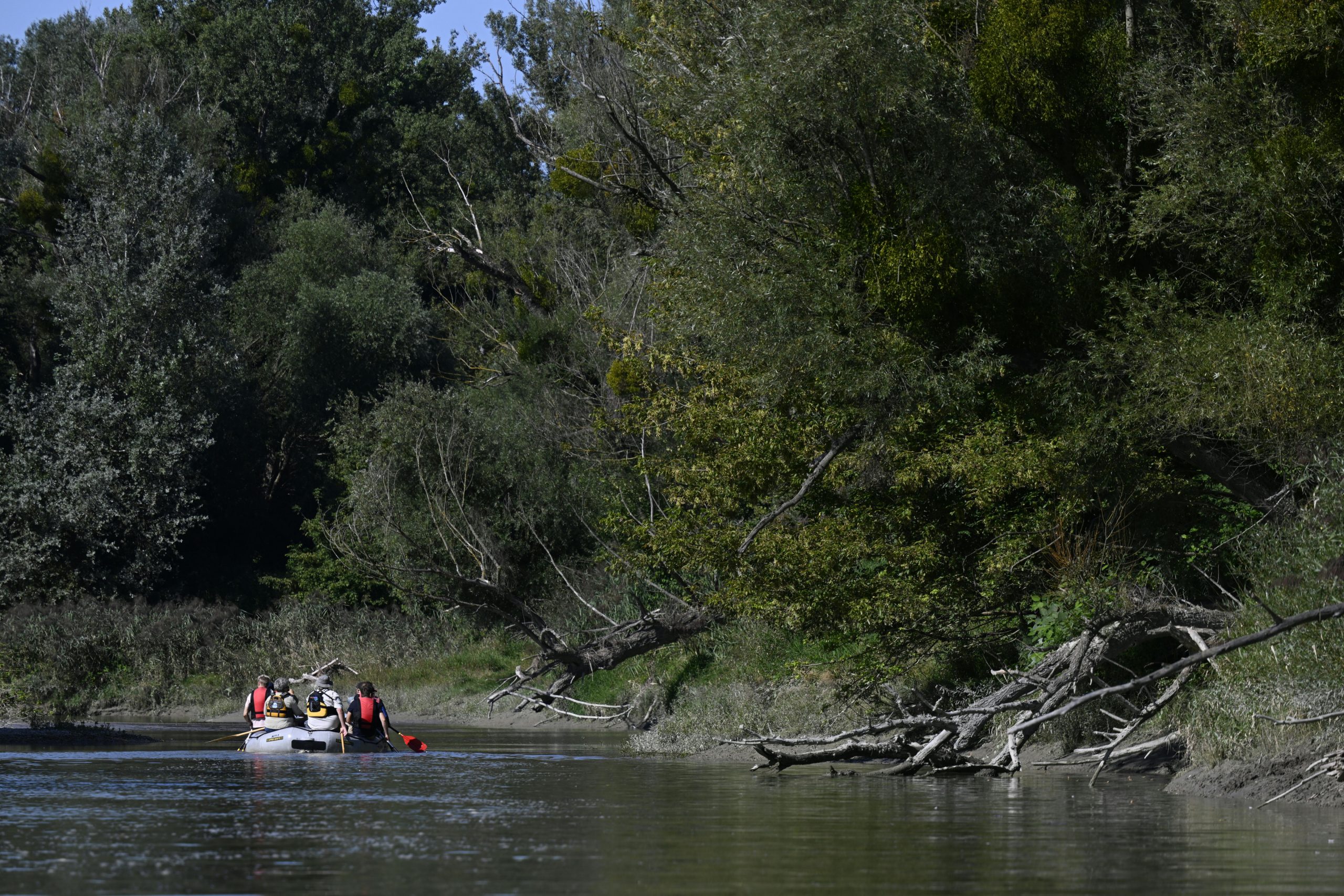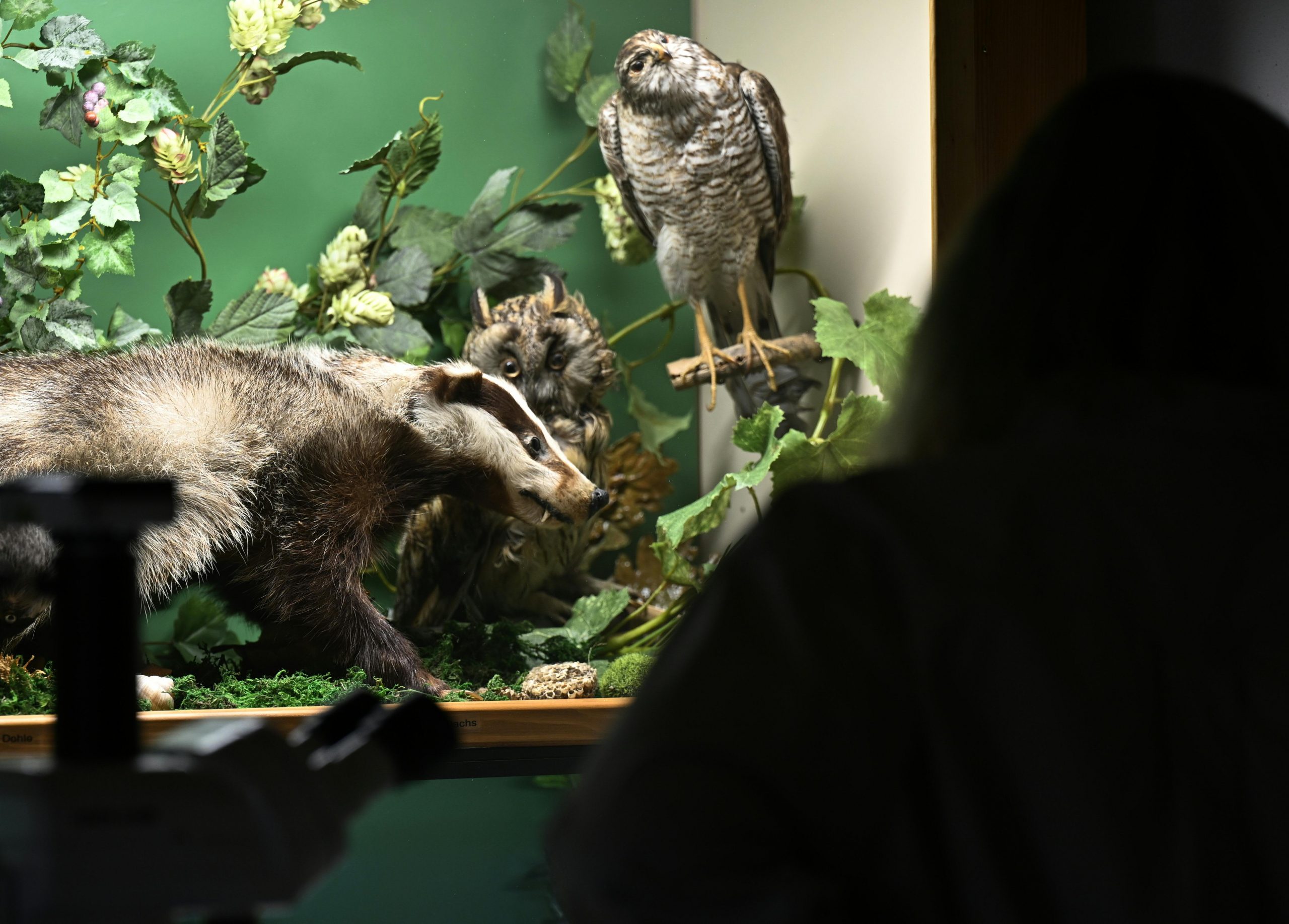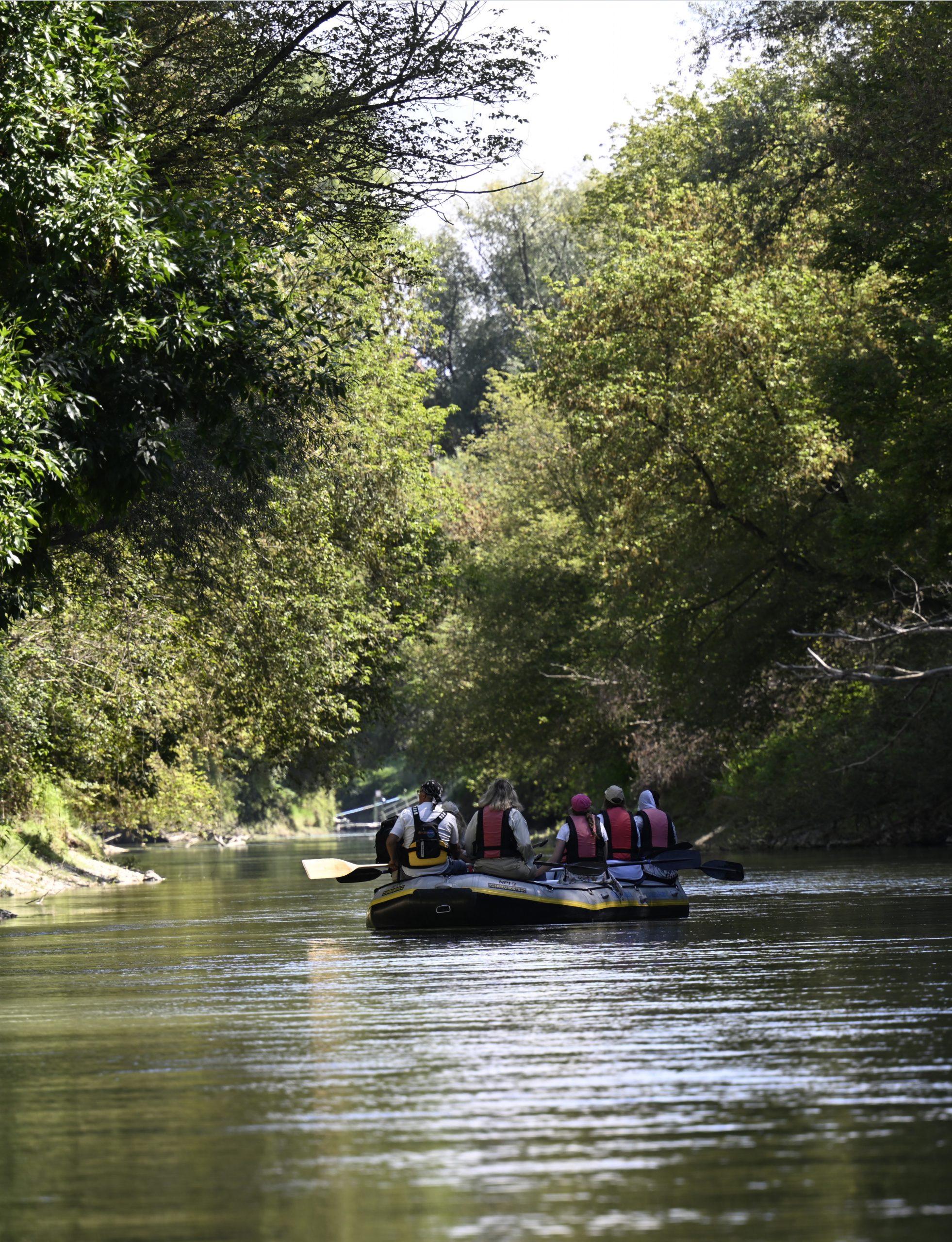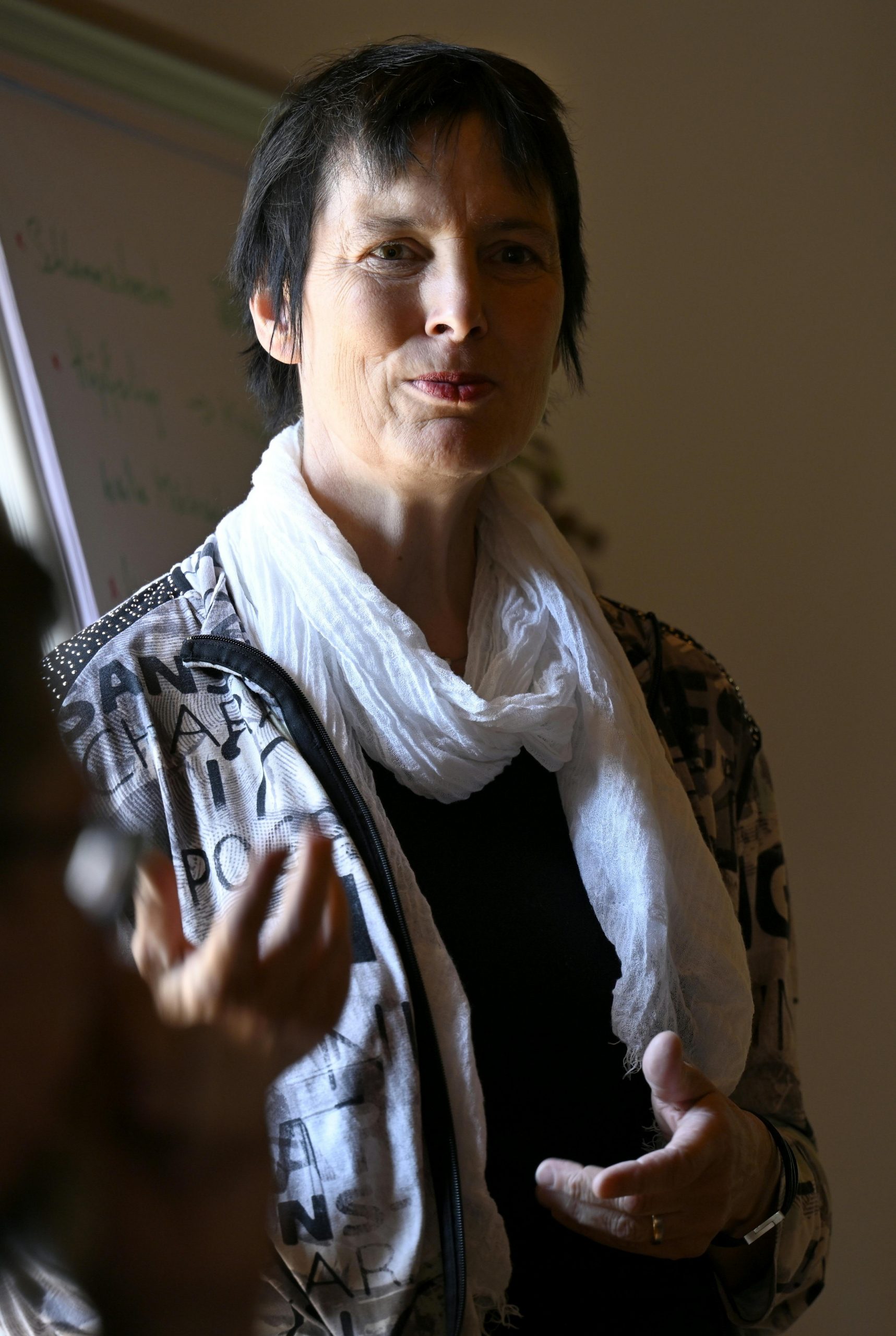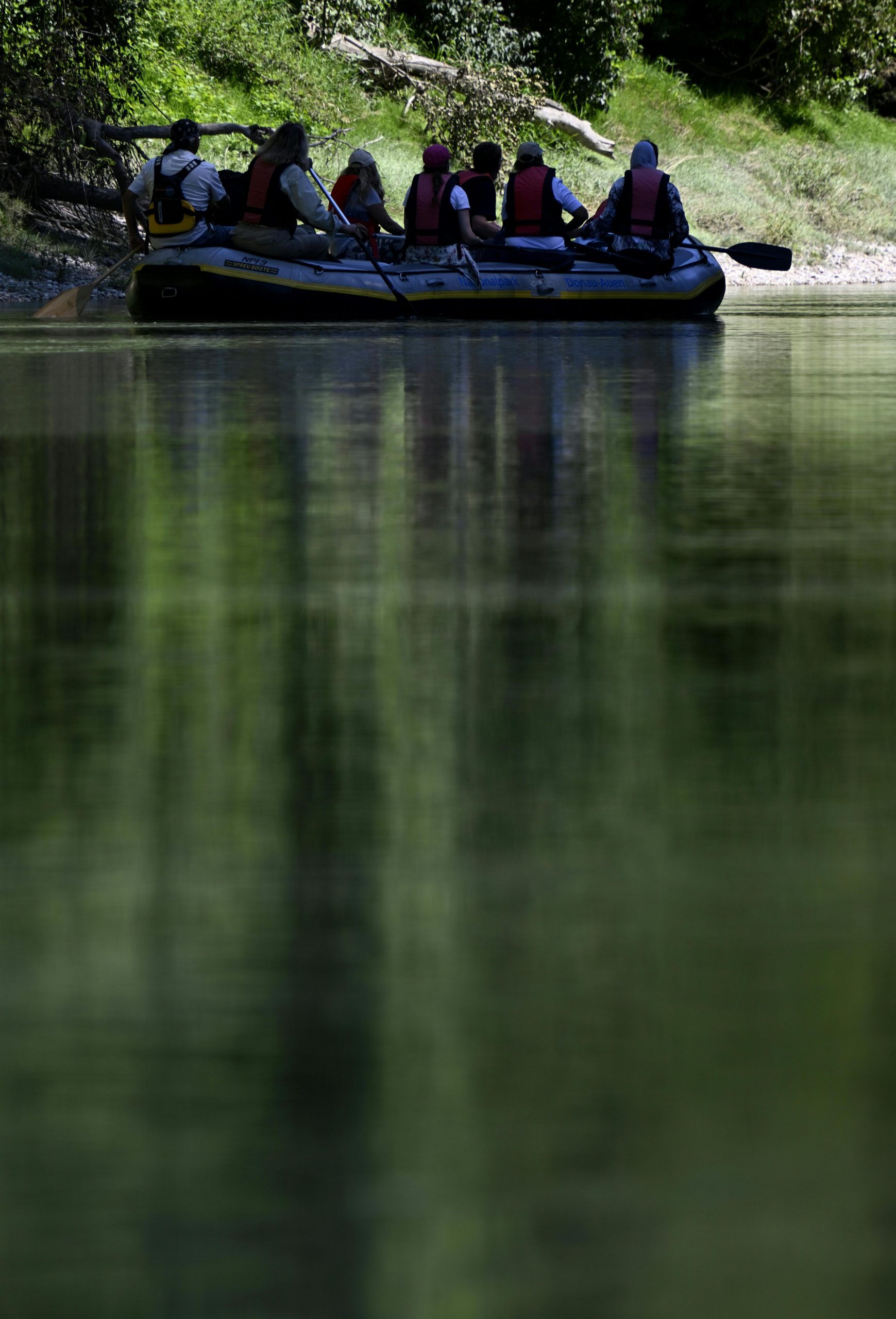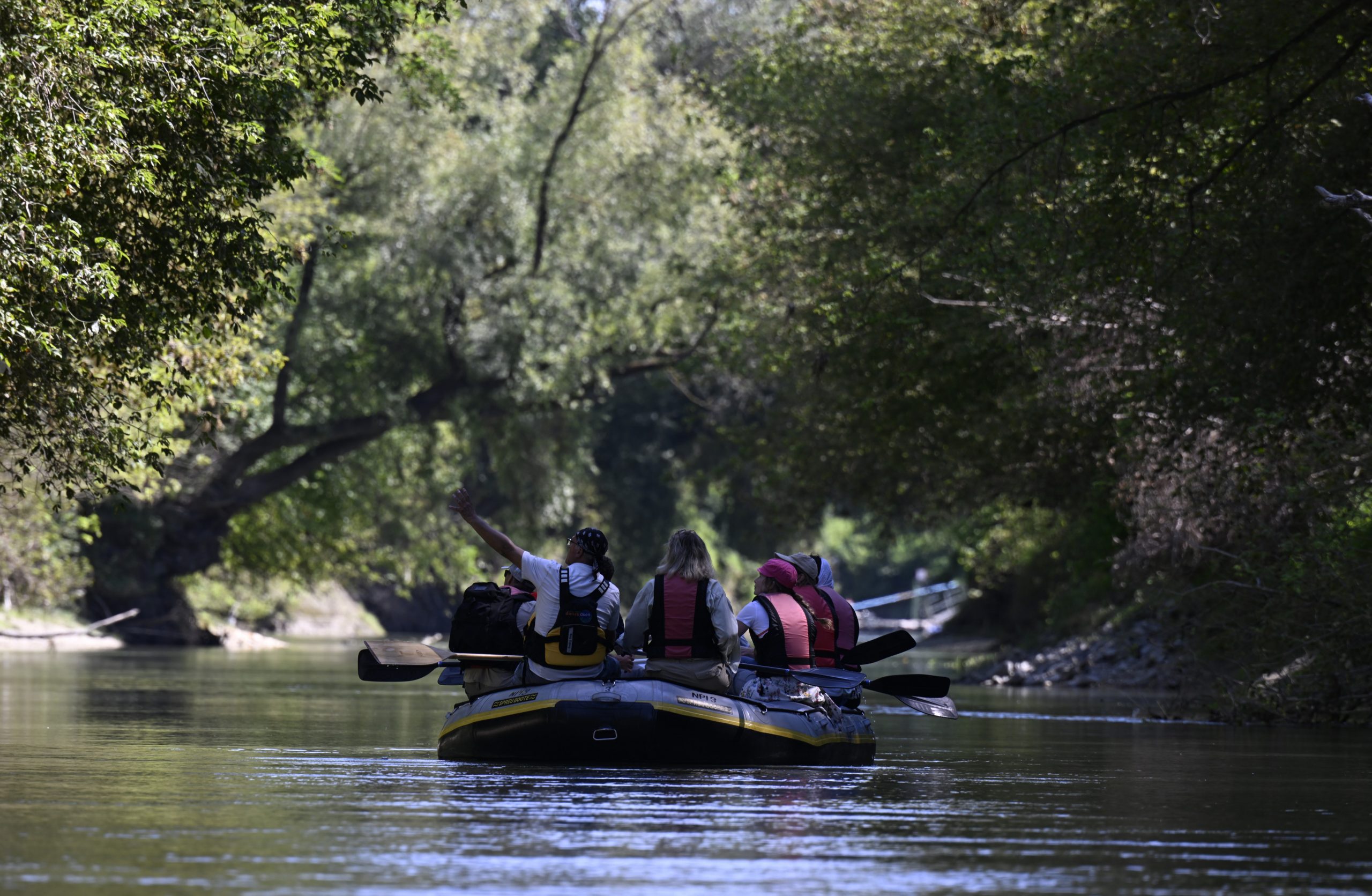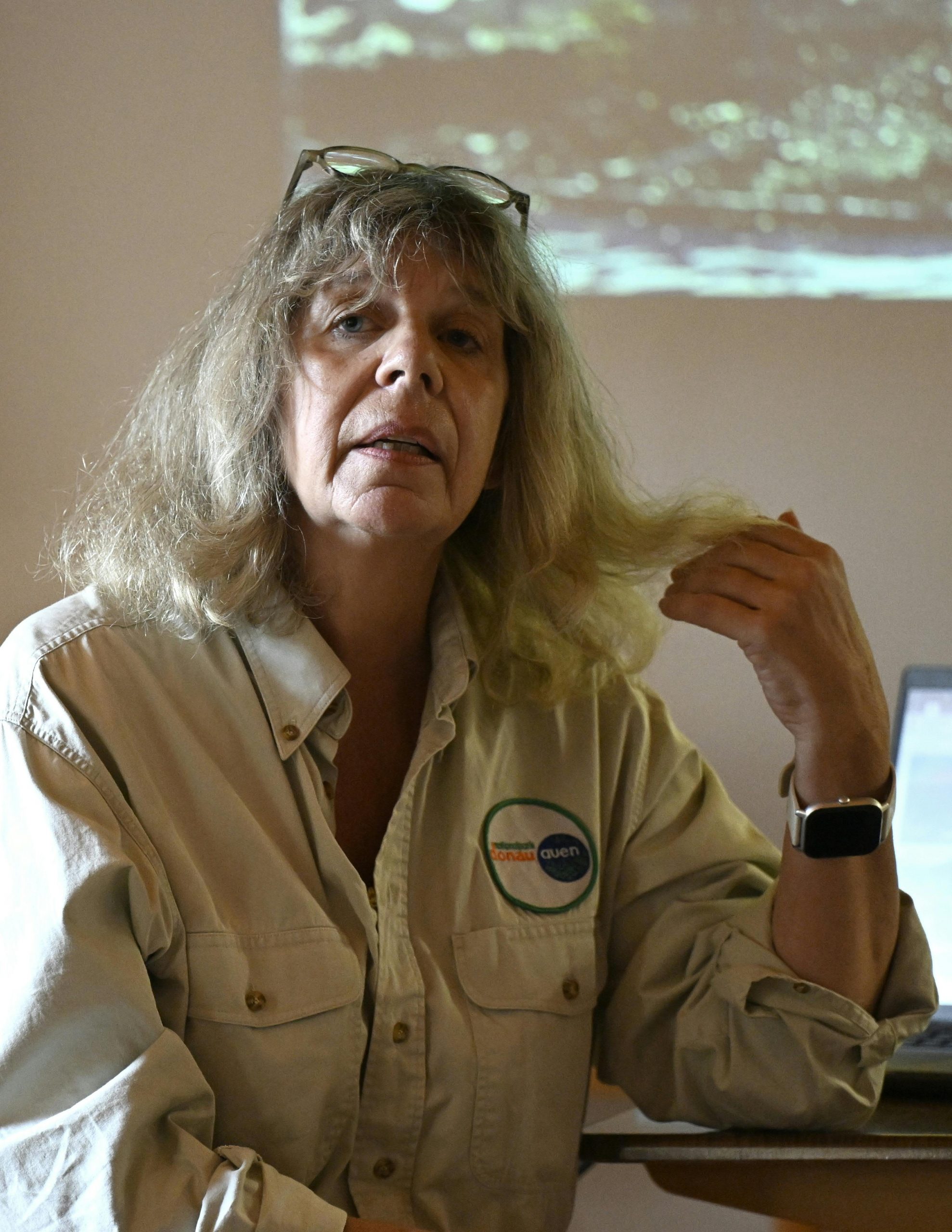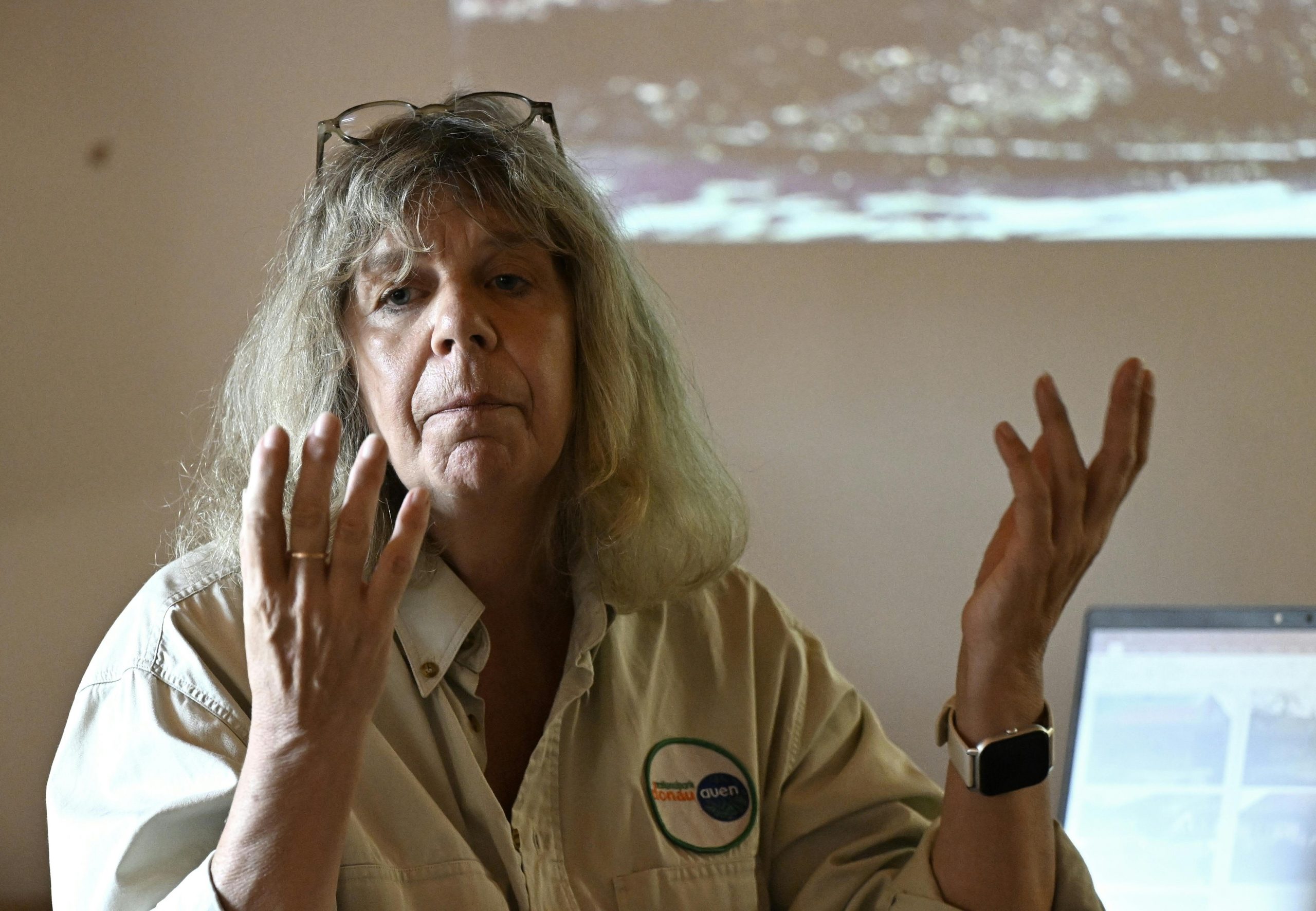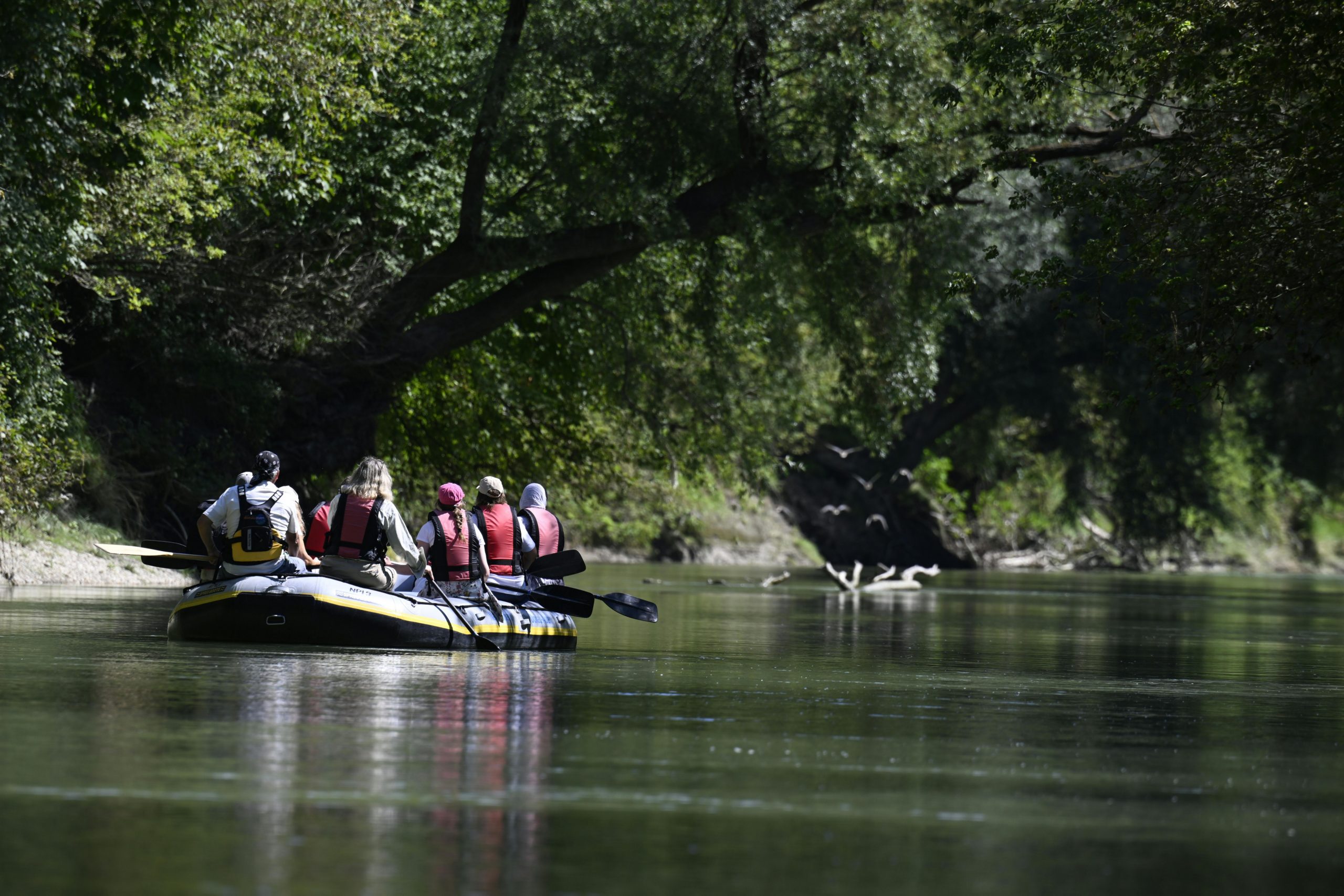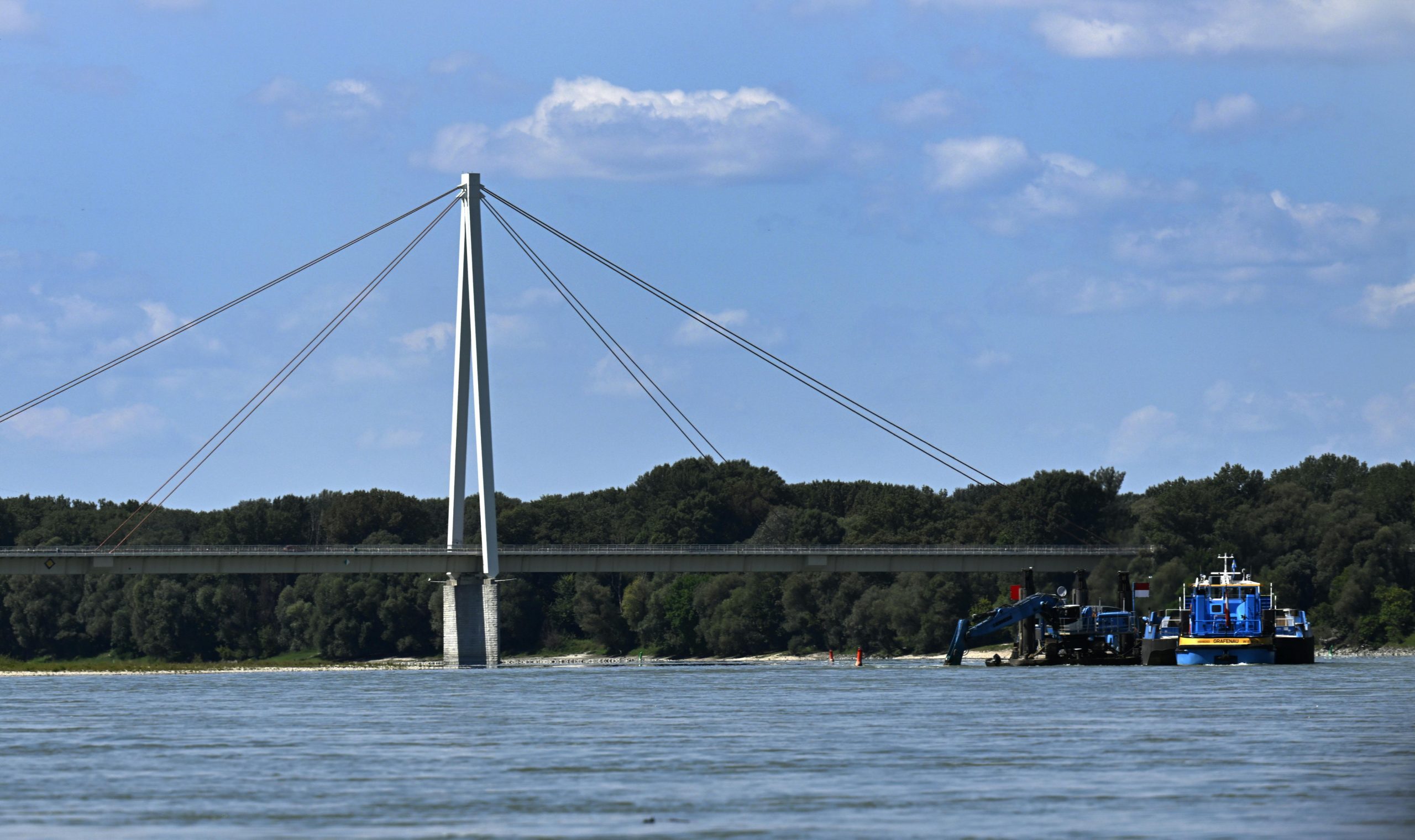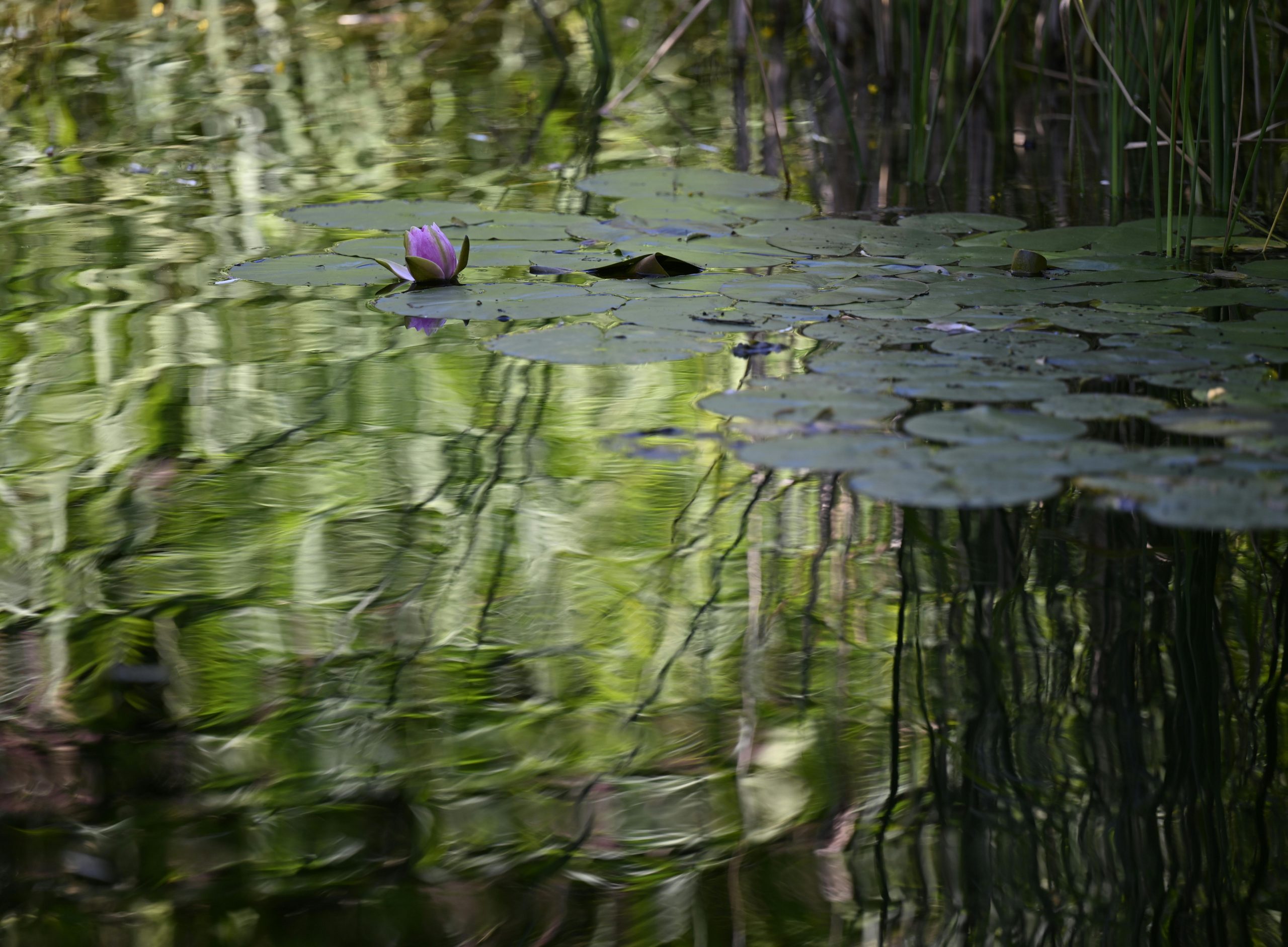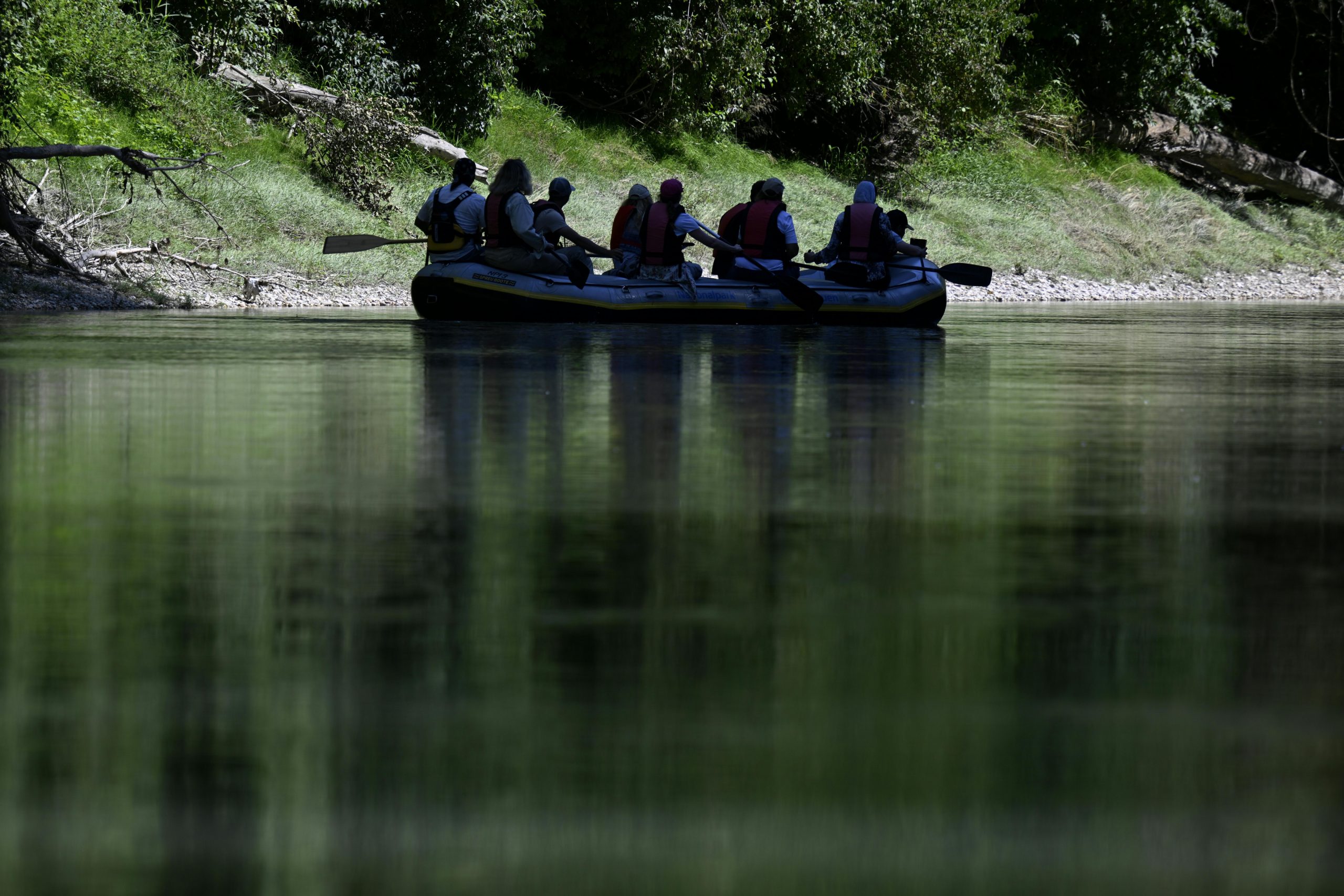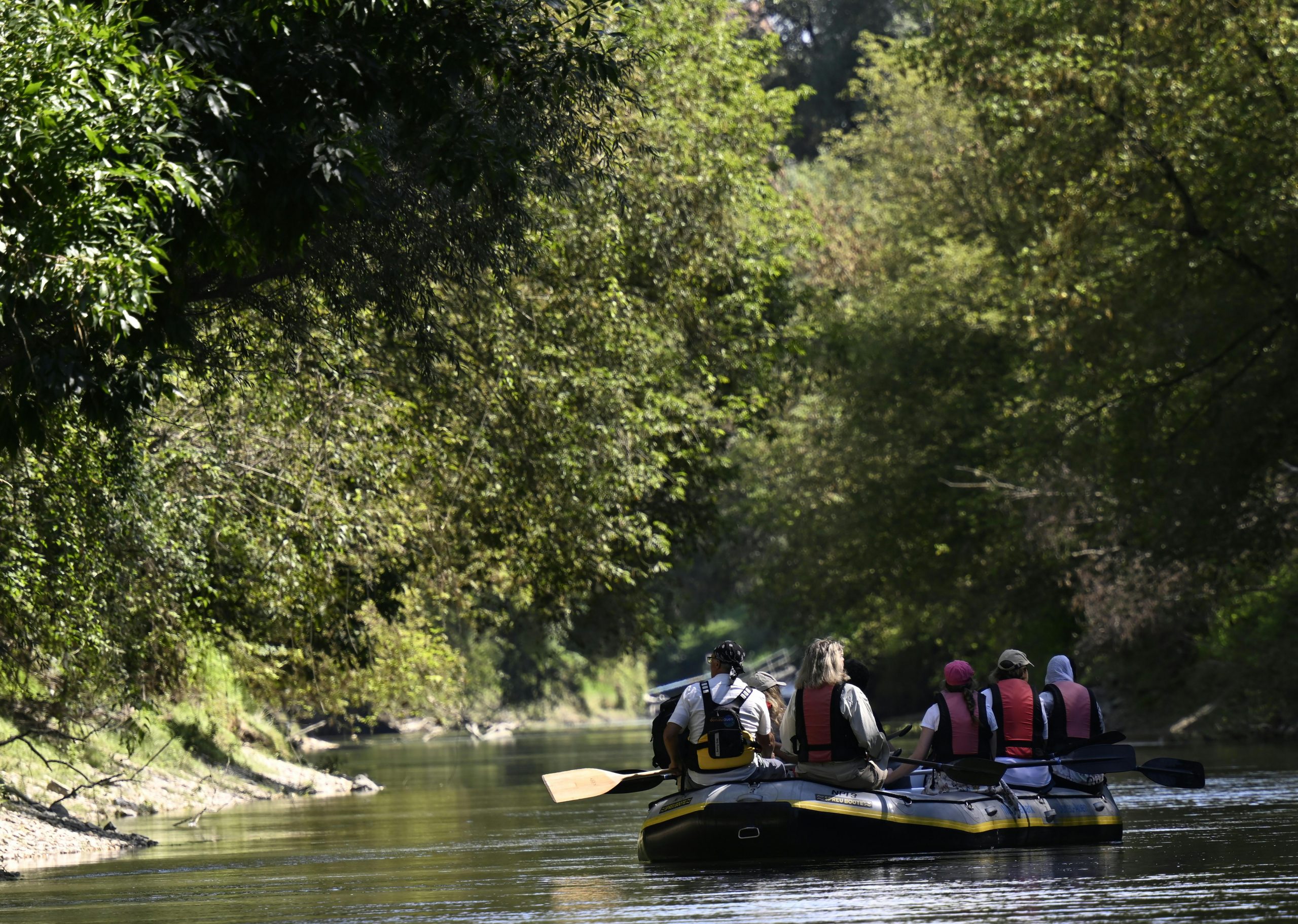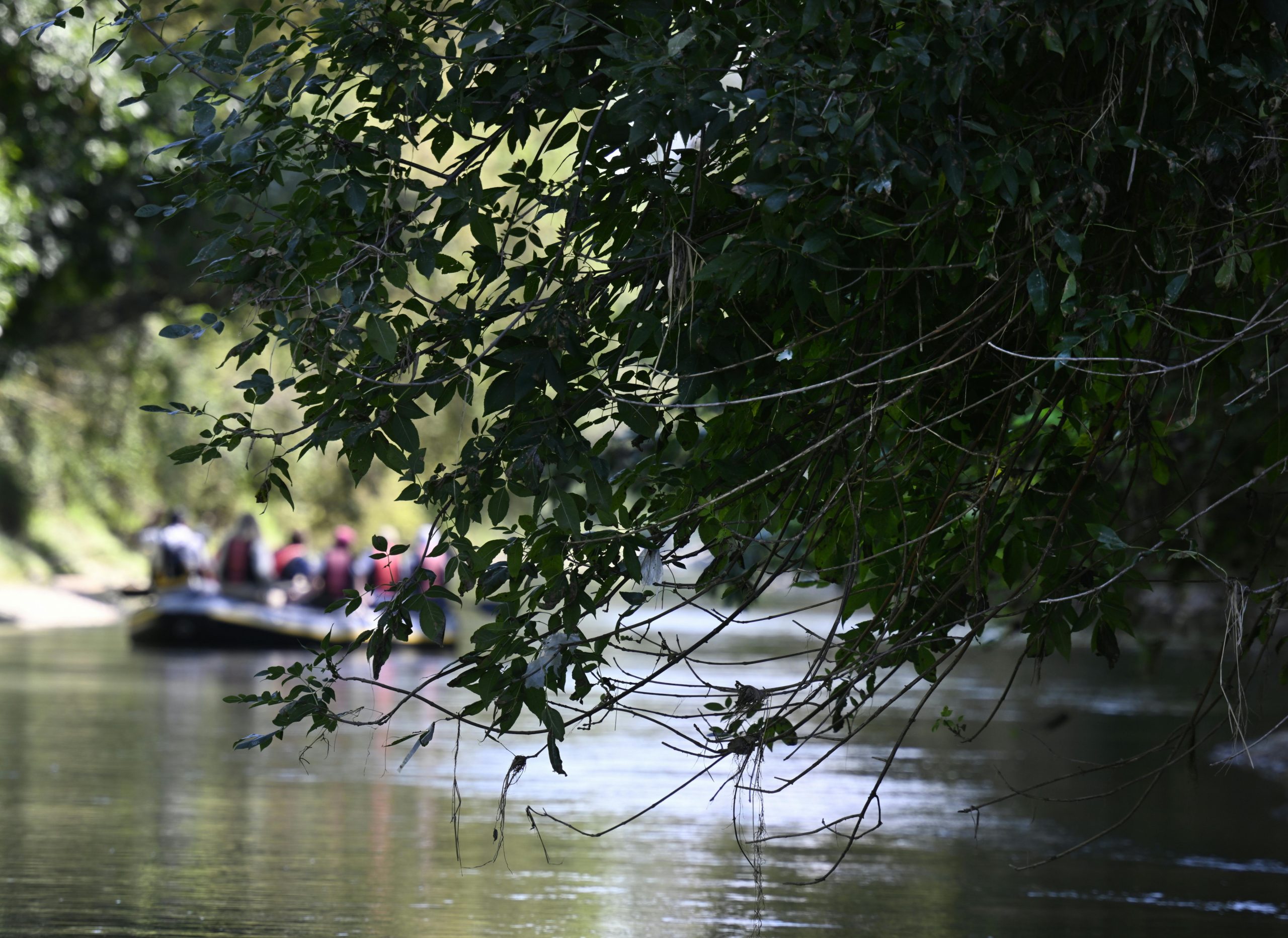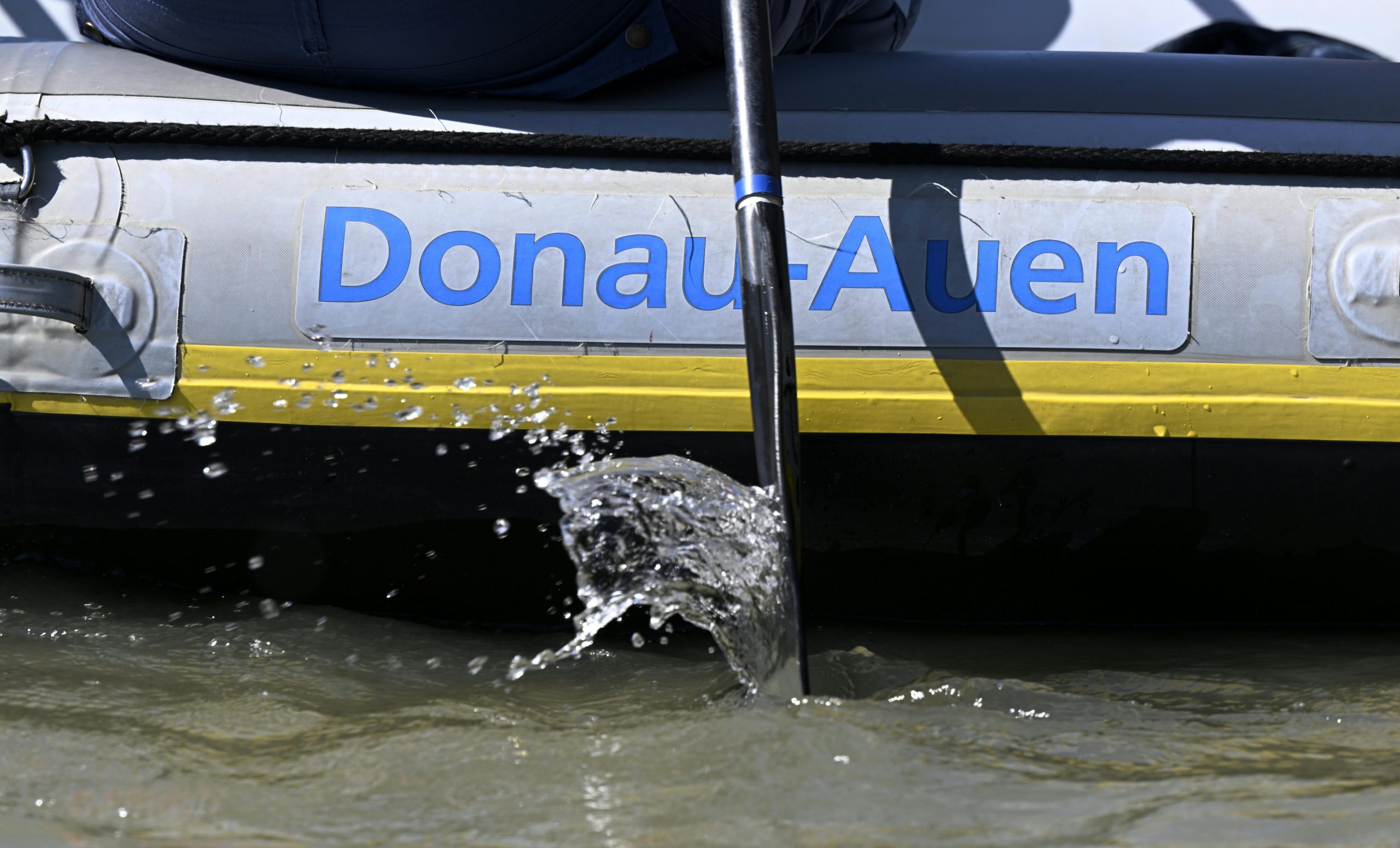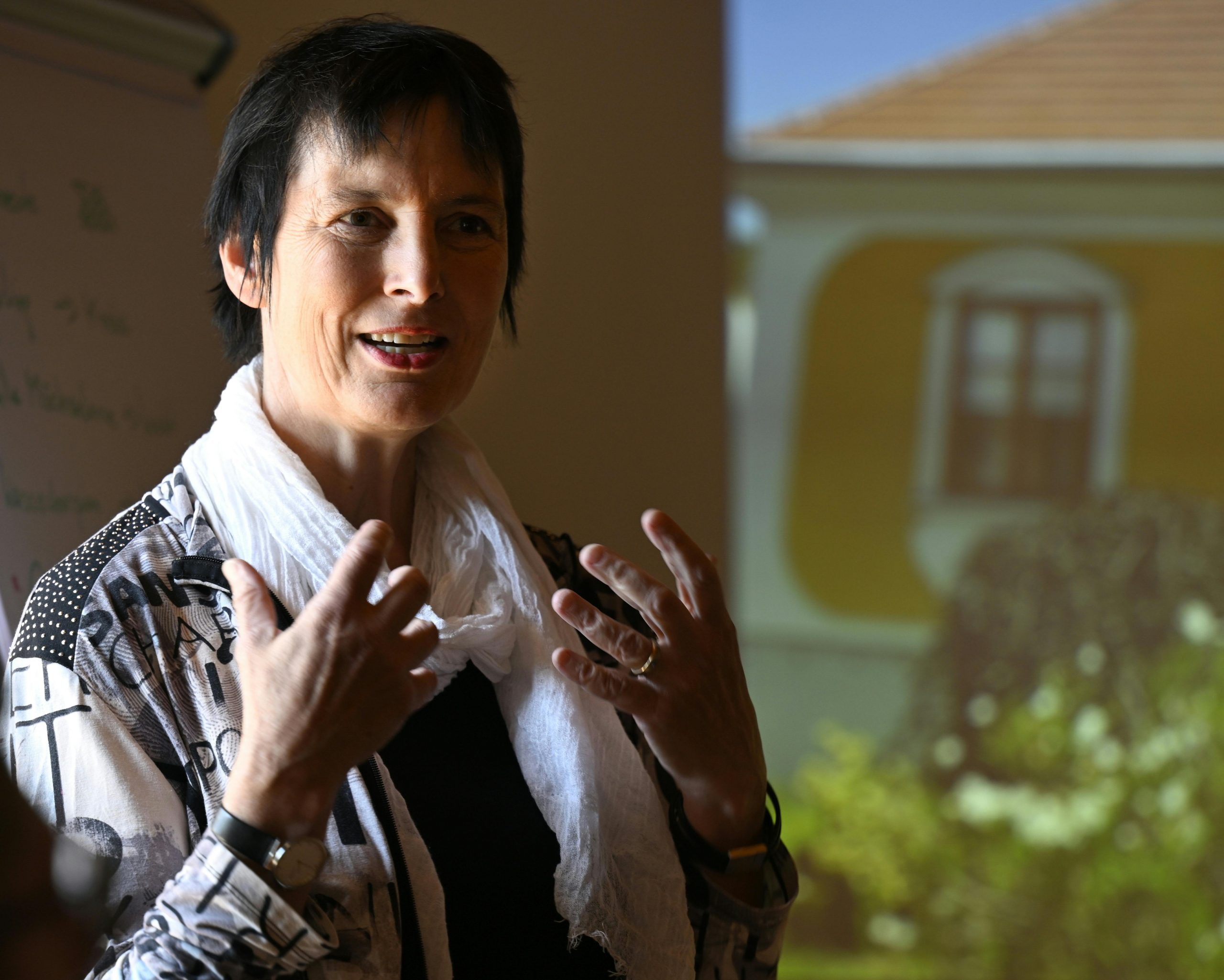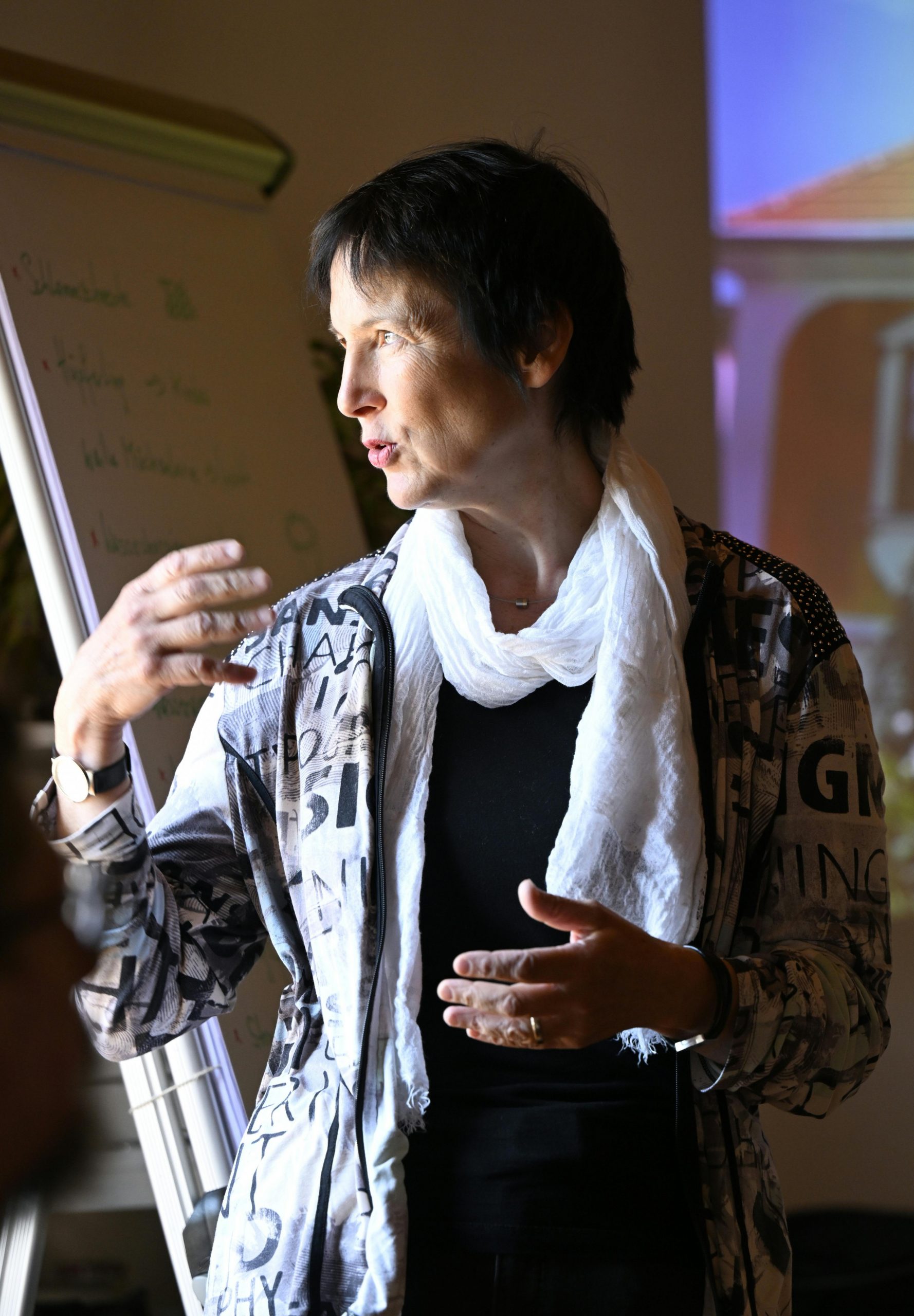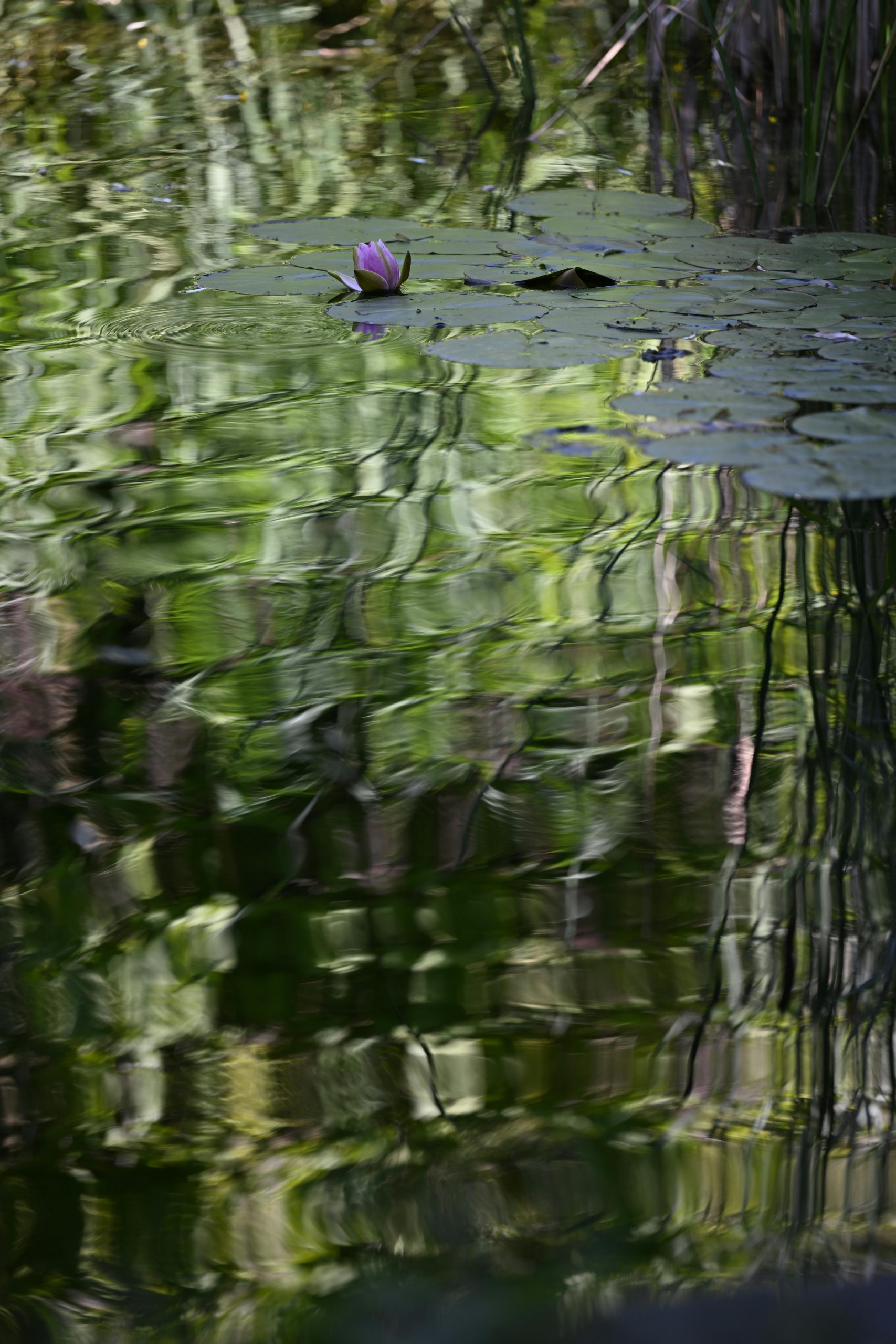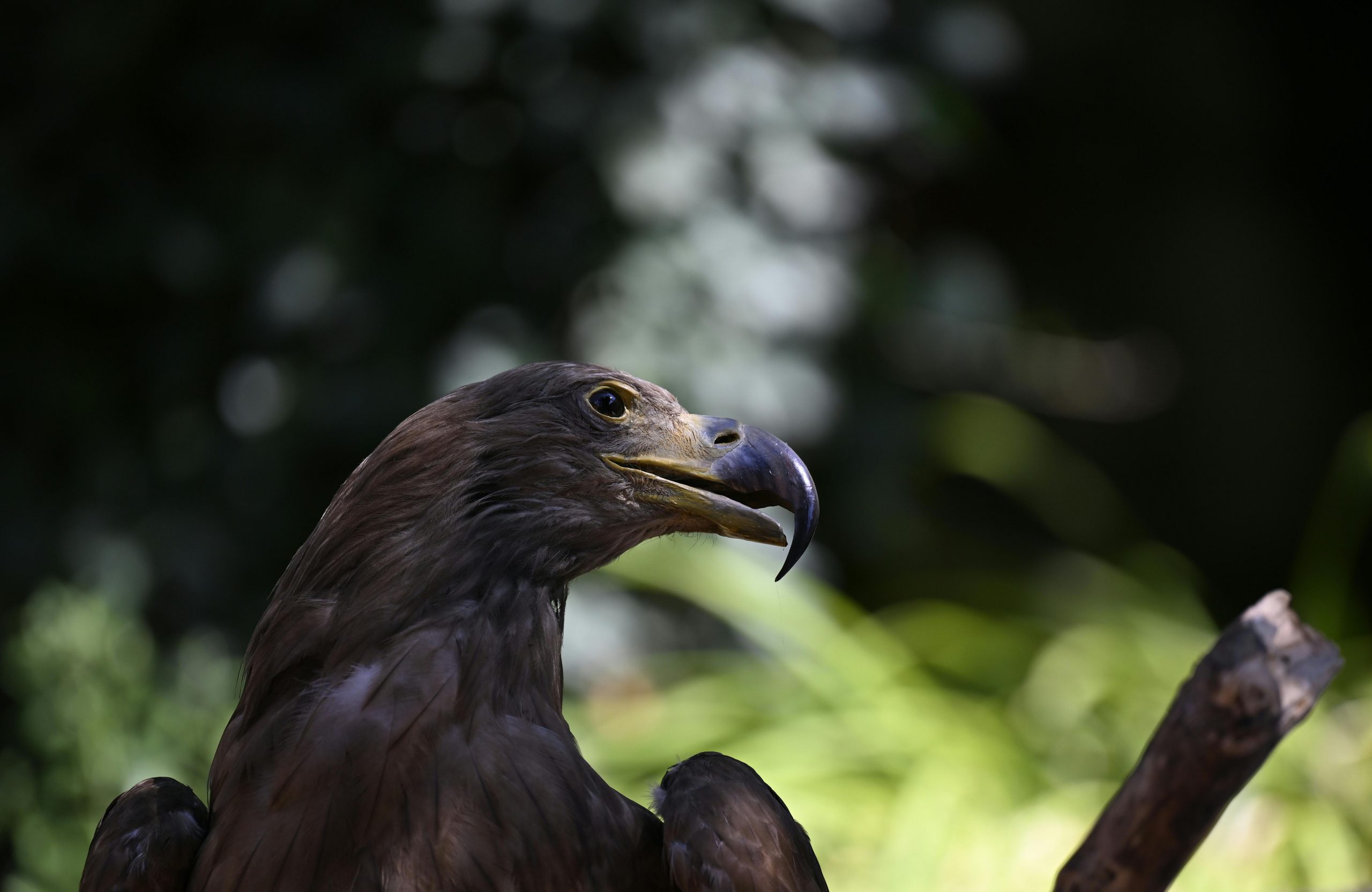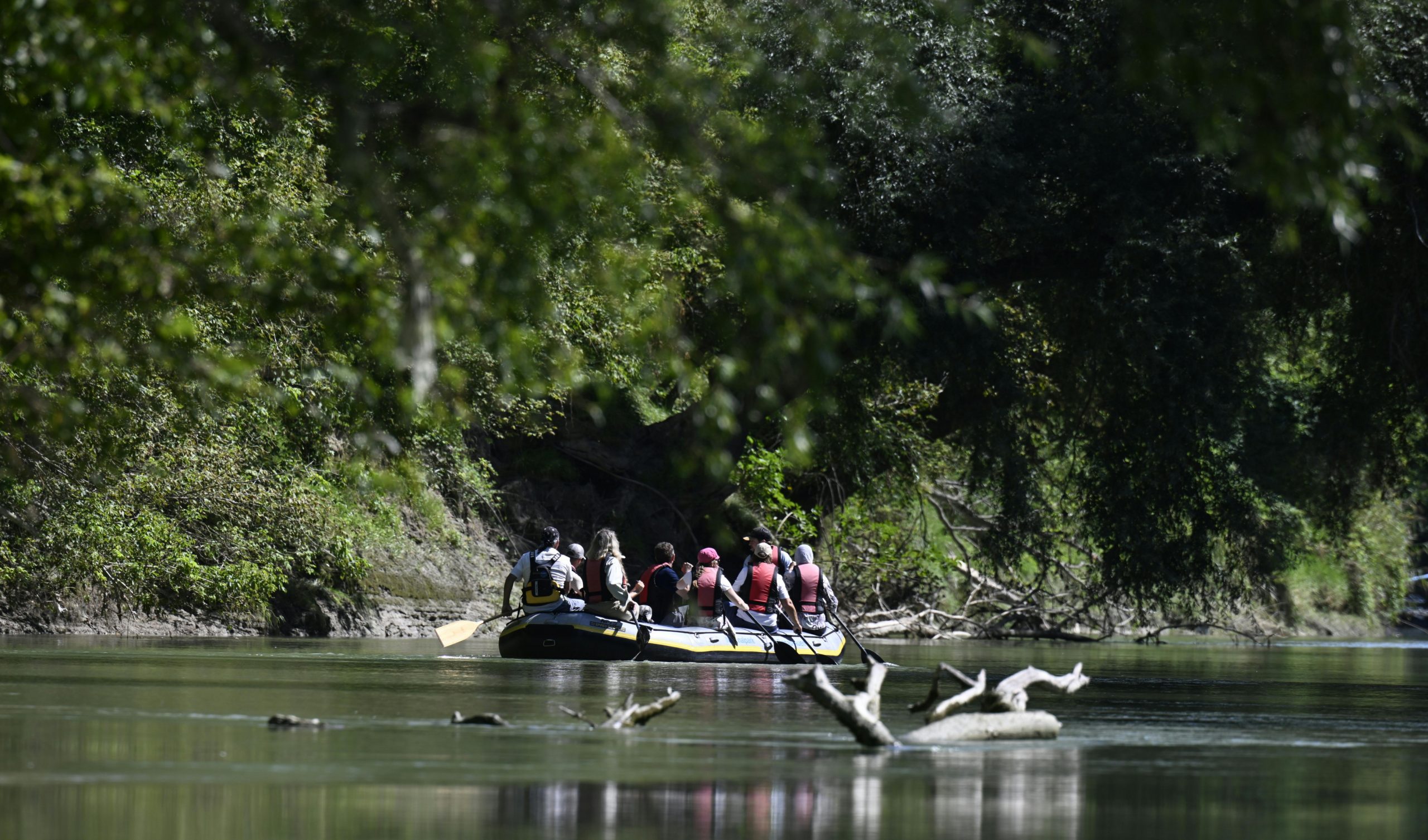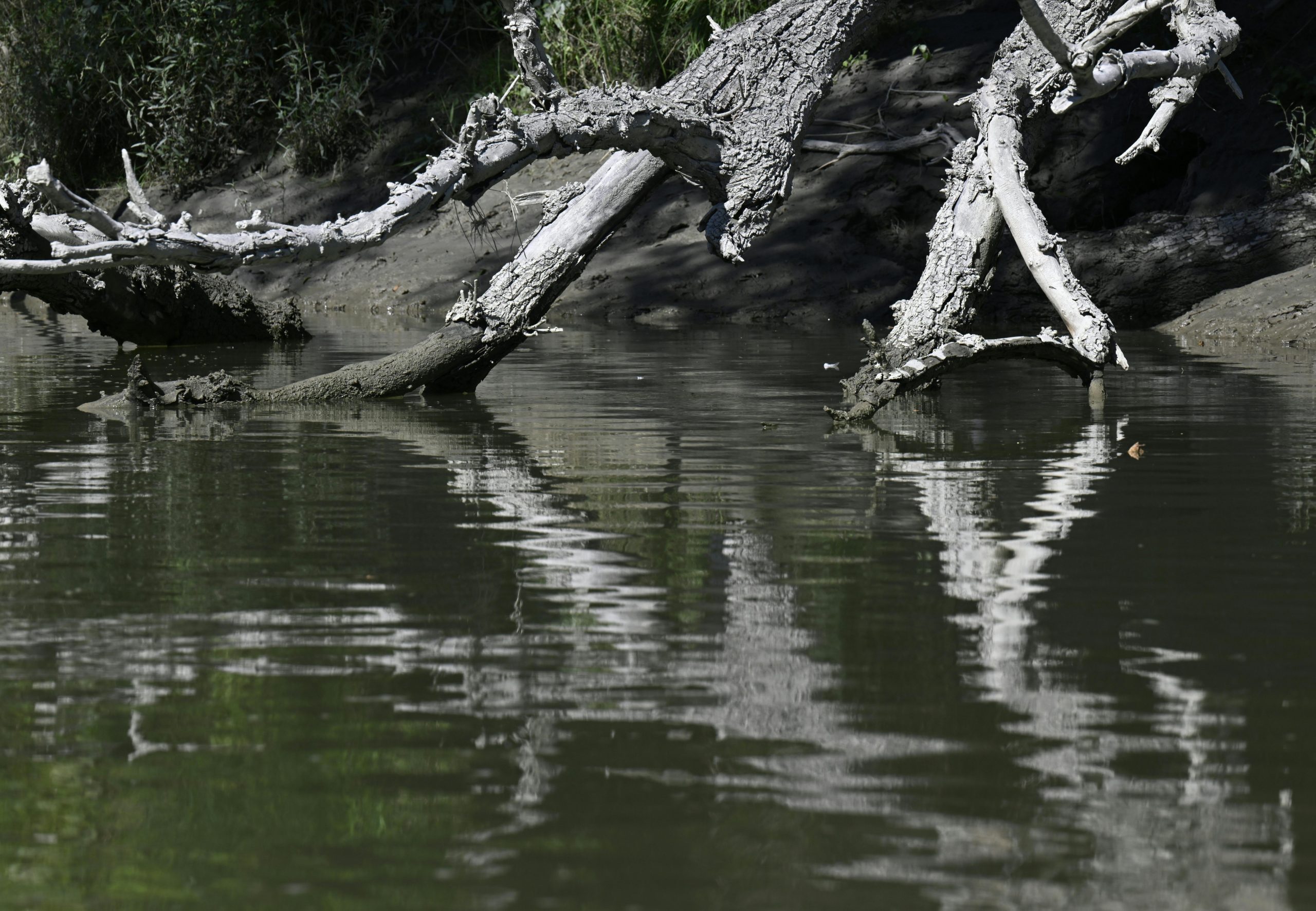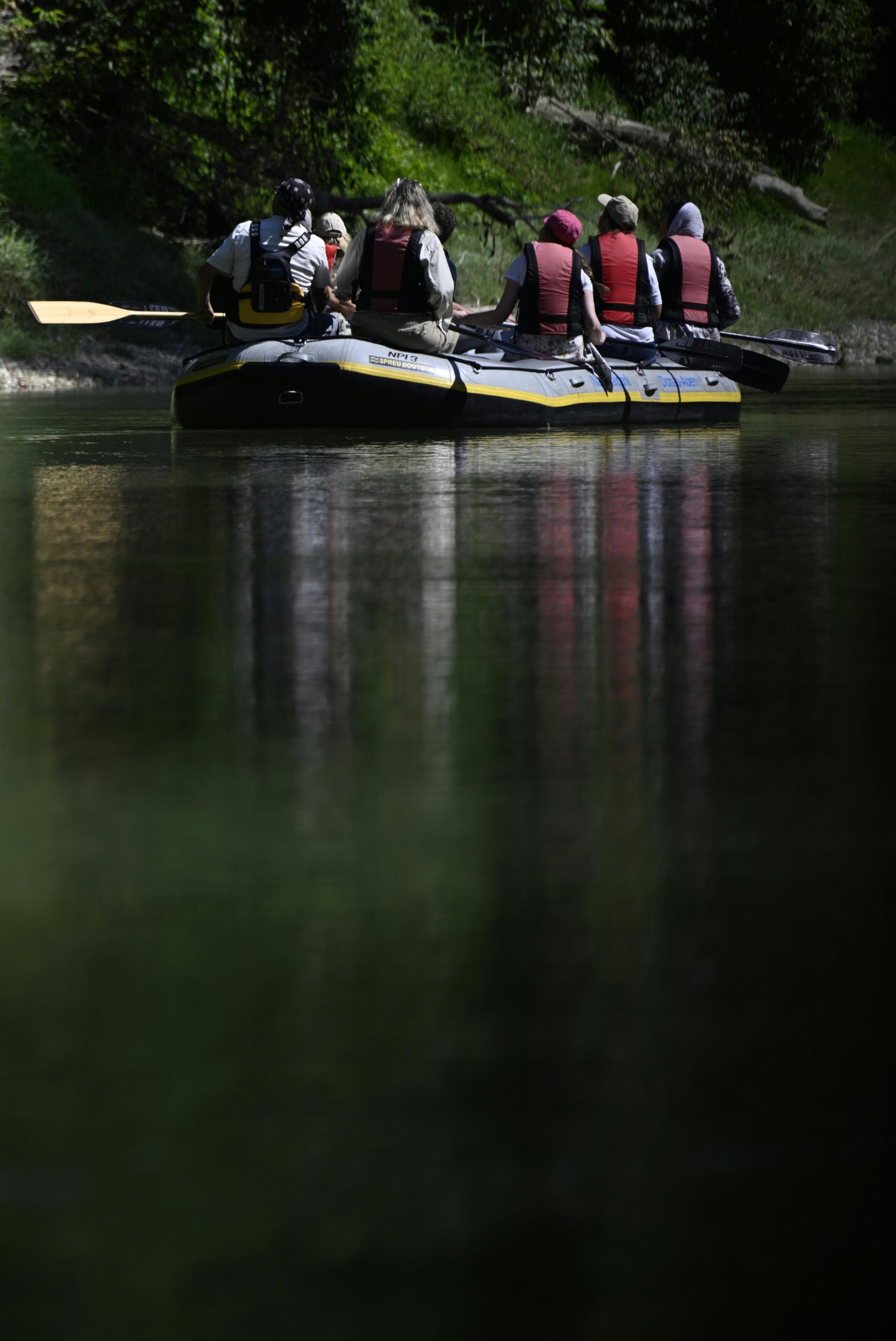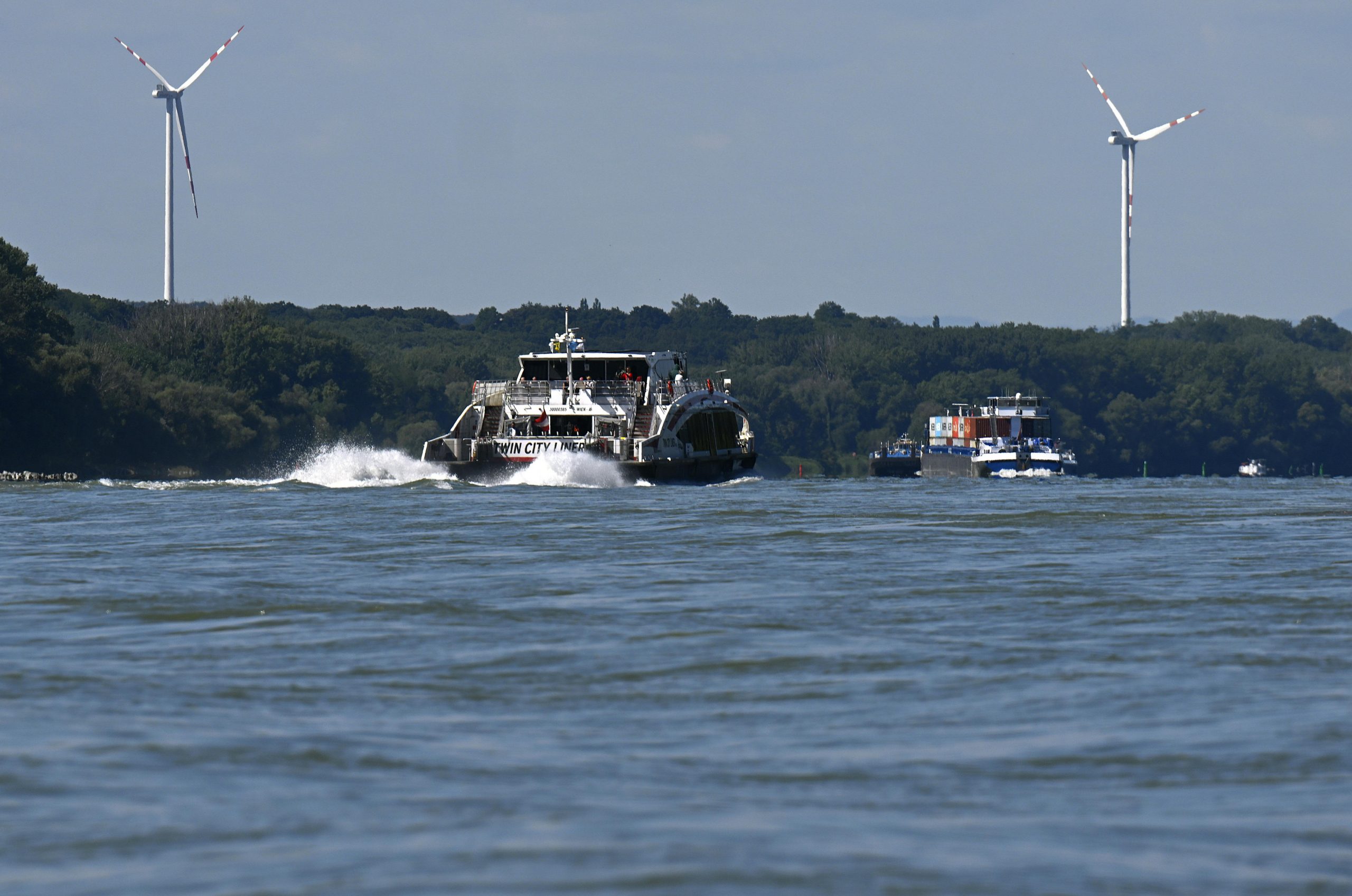Renaturation of the Danube Floodplains Ensures Animal Diversity
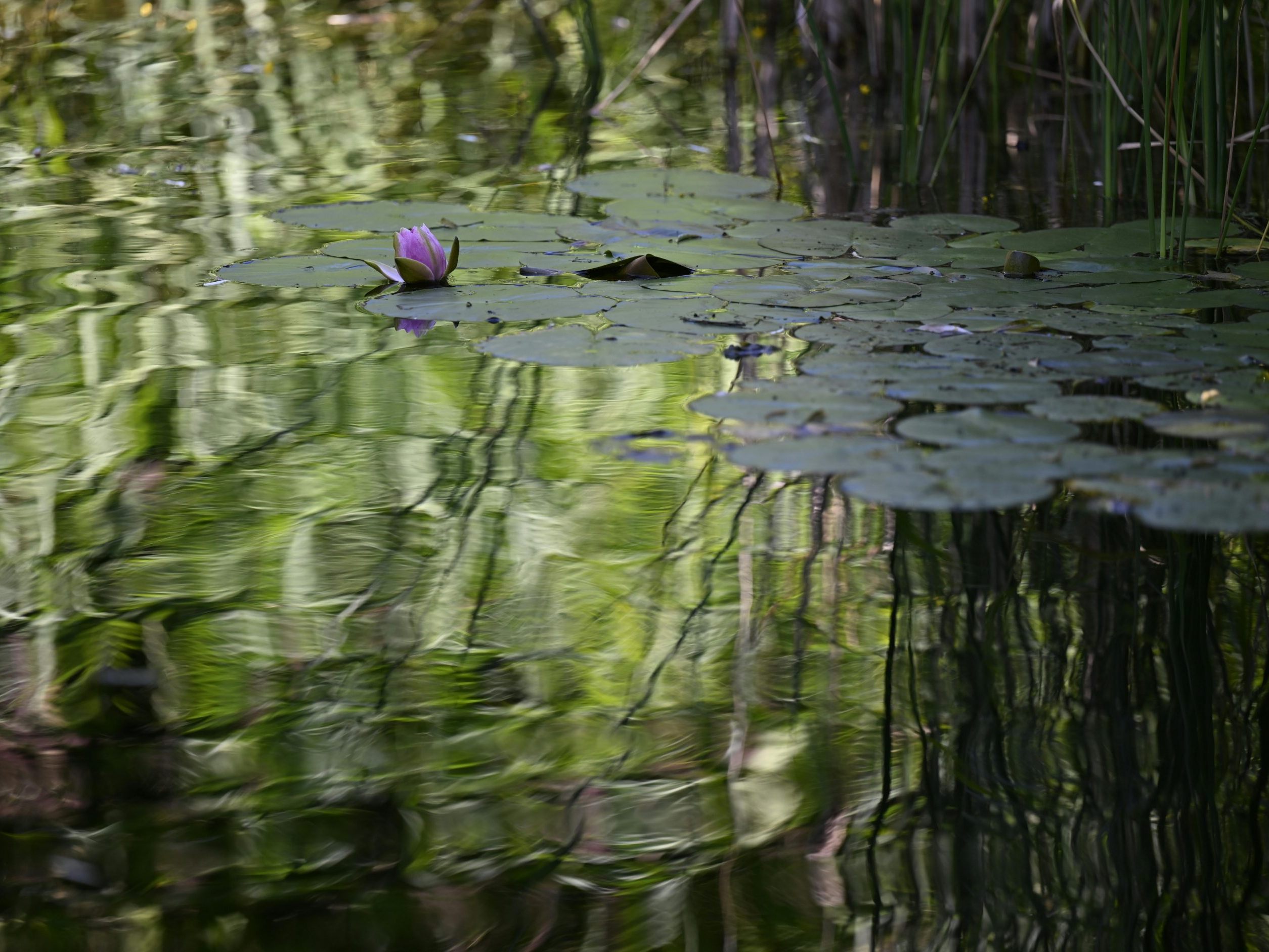
Just a few days ago, the water in the "Johler Arm" just upstream of Hainburg (Lower Austria) was significantly higher, as can be seen from the traces in the vegetation in this side arm of the Danube, which currently carries rather little water. The partly steep erosion edges of the side channel, which was reconnected to the main stream only a few years ago, offer, for example, the kingfisher, so popular for its impressive appearance, opportunities for breeding.
Beavers as "Best Employees"
"The Johler Arm was almost silted up," explained the floodplain rangers Gabriele Krb and Christian Raffetseder during a trip with journalists on the Danube. At the entrance of the side arm, the water inflow was facilitated by dredging a few years ago. Since then, the Danube has been reclaiming this area, according to the rangers. The constant change is particularly noticeable in the side arms - as is the presence of one of the greatest landscape architects in the national park established in 1996, which stretches from the Lobau in Vienna to the Slovak border about 36 kilometers downstream - the beaver.
It is also one of the major animal returnees in the area and "actually our best employee," said Raffetseder. A little further upstream, at Wildungsmauer, another impressive re-settler revealed itself to the group - the imperial eagle. Curiously, it circled over the inflatable boats. Unlike the even larger white-tailed eagle - also a bird of prey long absent from the region - it is less shy. The imperial eagle took 200 years to return: Between 1811 and 2011, it was absent. Today, there are about four breeding pairs annually in the national park, and in the case of the white-tailed eagle, there are about six, according to Paul Wolf from the NHM's bird collection a little later at the national park house in Petronell-Carnuntum, which houses the institute affiliated with the Vienna museum.
Nature Conservation Debates from "Floodplain Occupation" to "Renaturation"
This is thanks to the commitment of the biologist, conservationist, and former NHM director-general Bernd Lötsch and the pioneers of the first hour, such as the head of the branch office in Petronell, Claudia Roson, and many others. It was a long road to the establishment of the national park, which will celebrate its 30th anniversary next year. The protests against the power plant construction in the 1980s, including the "floodplain occupation," shaped the political discourse and the party landscape of the country. Now, the sustainable "renaturation" is showing its effect - and also meets climate change and increasing globalization.
Arguing about nature is still quite possible today: Recently, this very renaturation became a new political buzzword. In dealing with plants and animals introduced through global trade and rising temperatures, increasingly present even here - so-called neobiota - there is now a growing reliance on nature itself: A more or less organized fight against "invasive species," such as the Himalayan balsam or the goldenrod, various mussels, or the also originally non-native coypu called nutria, is no longer being pursued. The future will show how the ecosystems react to the newcomers. Whether animals will incorporate the new plants into their diet remains to be seen, according to the national park rangers. Much research is still needed on such questions.
Expansion of NHM Educational Offer in the Floodplain
The National Park Institute is also committed to this education, as NHM Director General Katrin Vohland emphasized in the country's first completely self-sufficient eco-house. In this uniquely diverse protected area, the emotional component of engaging with nature can be well conveyed, and the increasingly diminishing connection with the equally dwindling biodiversity can be strengthened. The house offers the possibility for school classes, for example, to stay overnight and participate in multi-day workshops, including Danube boat trips. The offer under the motto "Hands-on Ecology" is popular - they are mostly fully booked, according to Roson and Vohland. In the future, however, more decision-makers, NGOs, or companies should be brought to the institute to promote the exchange on sustainability, renaturation, and ecosystems, as well as respect for them. The museum's offer in the Danube Floodplains is to be expanded, according to the NHM Director General.
How much nature conservation is repeatedly a negotiation process becomes clear back on the water while paddling over the river: The passing cargo ships and the high-speed catamaran, which operates several times daily between Vienna and Bratislava, constantly remind us that the national park is intersected by one of Europe's most important waterways. The shipping channel, therefore, does not belong to the protected area. At the same time, the Danube, which is up to about 350 meters wide here, is anything but insurmountable for the largest floodplain resident - the red deer - as well as wild boars or, most recently, the stray moose "Emil".
Growing Concern About Danube Deepening
Ultimately, the Danube Floodplains National Park is an extremely important migration corridor for mobile animals between the Carpathians and the Alps, the rangers emphasized. However, the survival of the floodplain forest is not completely secured despite its protected status, the renaturation of side arms, the removal of bank reinforcements, and the return of animals, plants, and fungi: The deepening of the Danube is causing concern.
Due to the many power plants along the river, the transport of sediments and gravel is often interrupted. This gives the river the chance to cut further into the landscape. If the river level drops, the floods, which are so important for the diverse floodplain forest ecosystem, become less frequent on average. Thus, the floodplain is at risk of running out of water. How to finally address the deepening is unclear, according to experts. Currently, dredging ships are used to excavate gravel from the riverbed further downstream and deposit it just below the weirs. This avoids shallows in the shipping channel and slows down the deepening to some extent.
Press Tour NHM Vienna / Danube Floodplains National Park between Wildungsmauer and Hainburg
(APA/Red.)
This article has been automatically translated, read the original article here.




